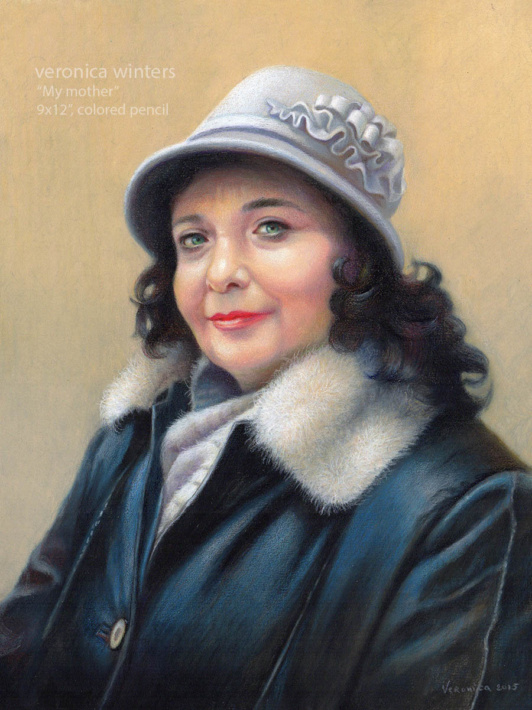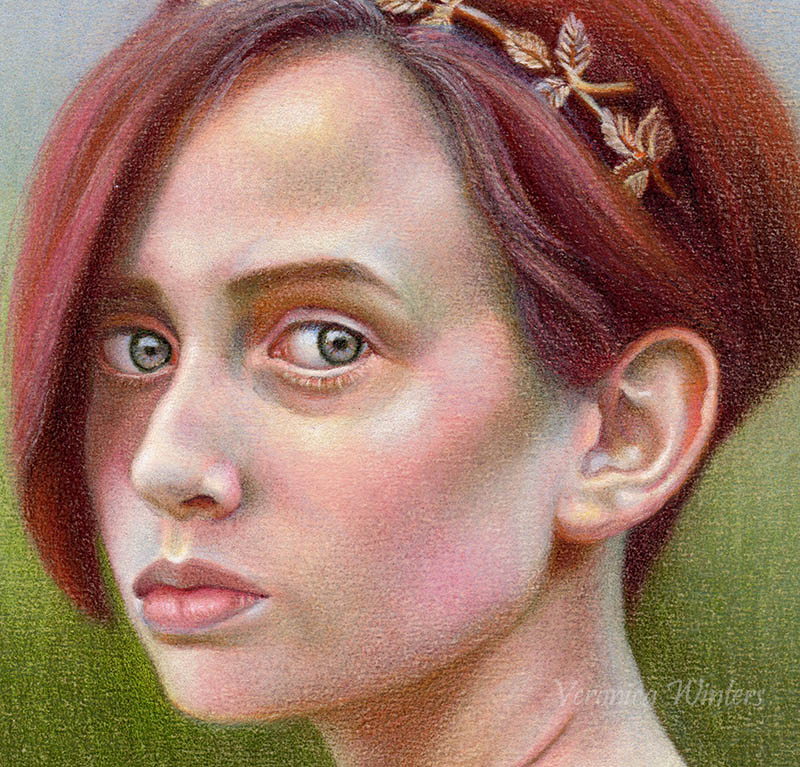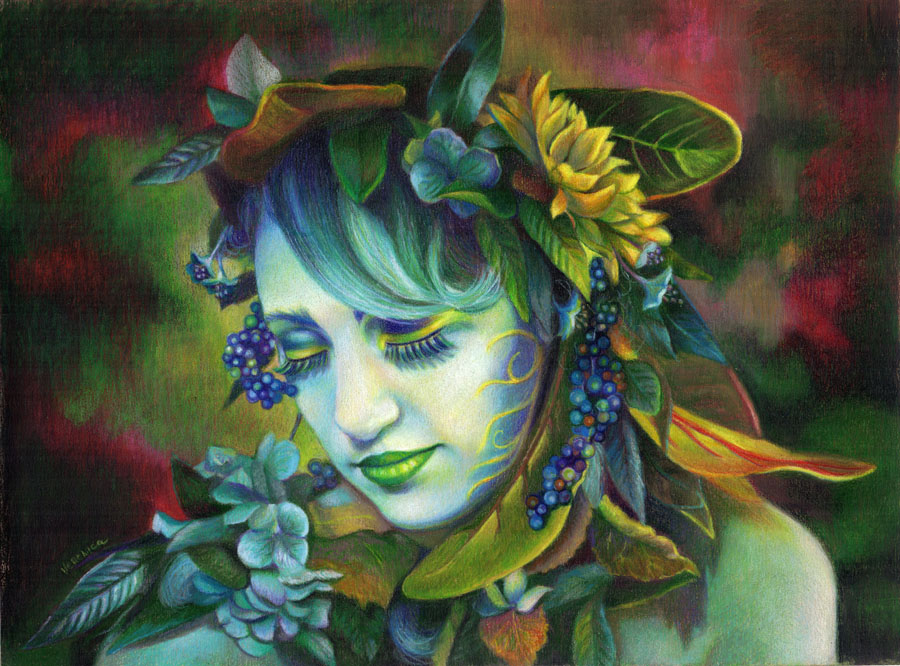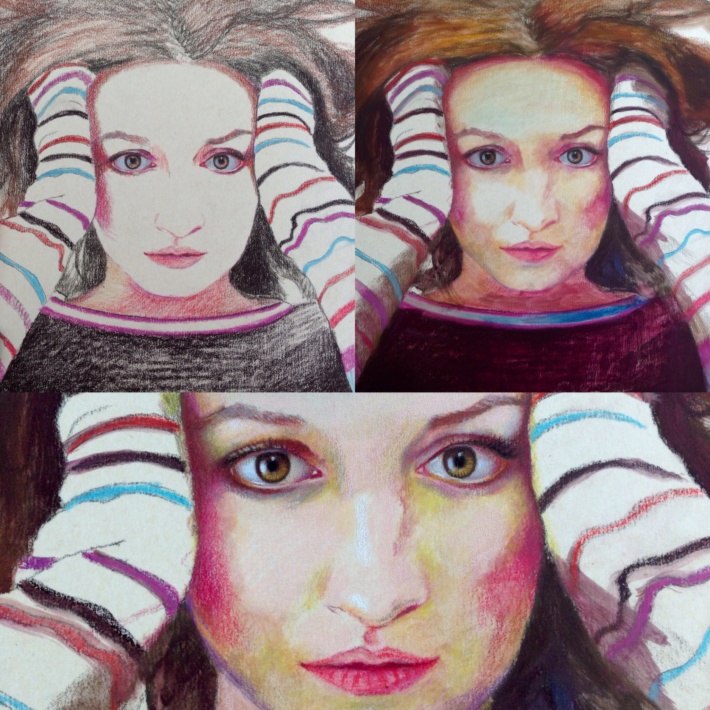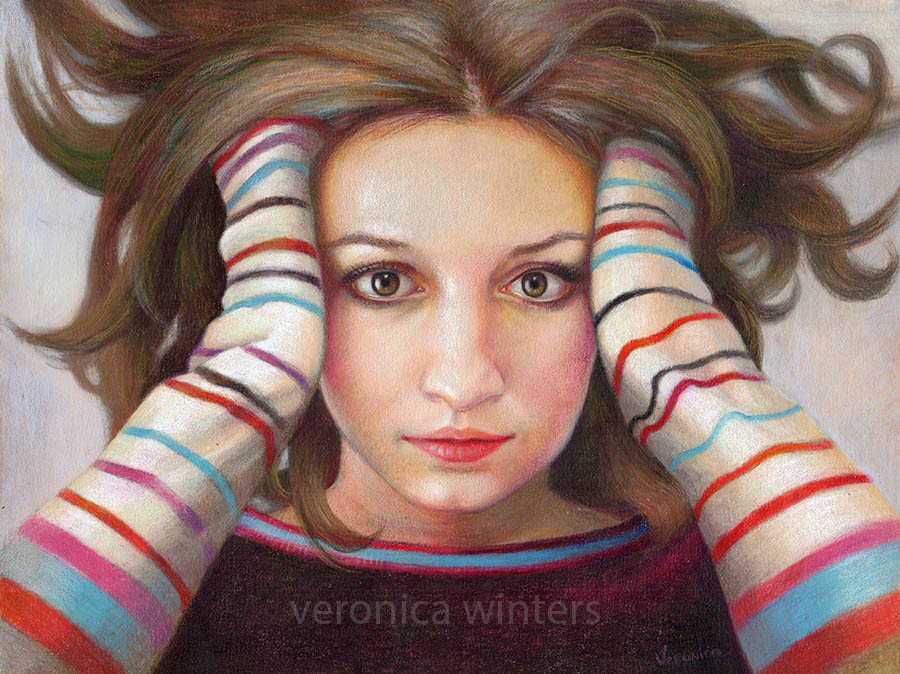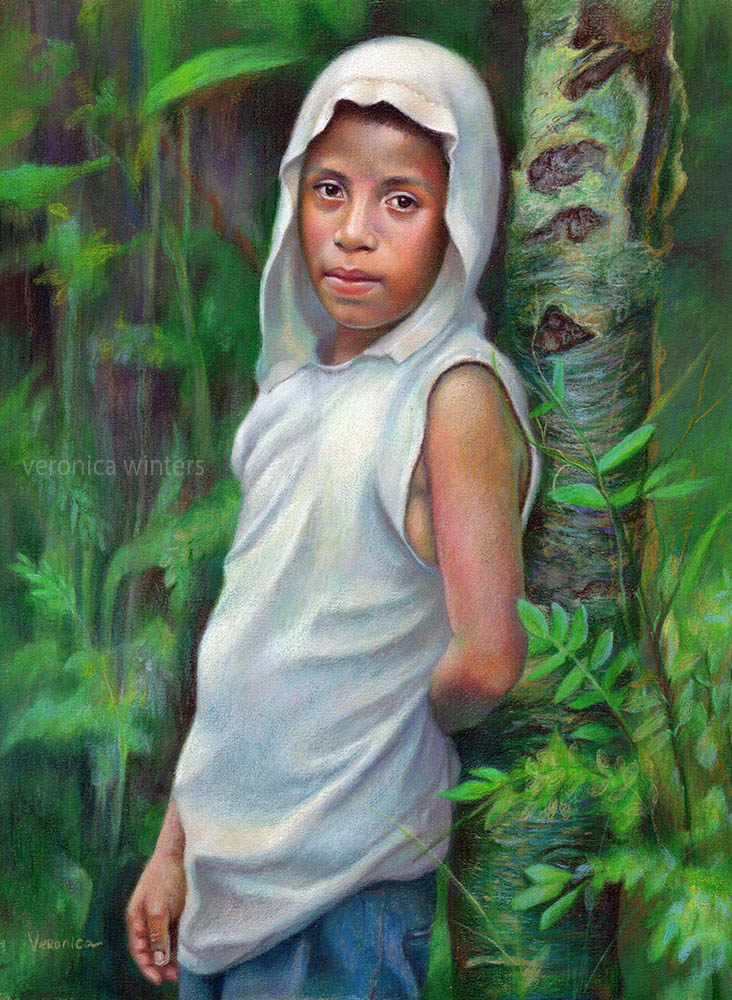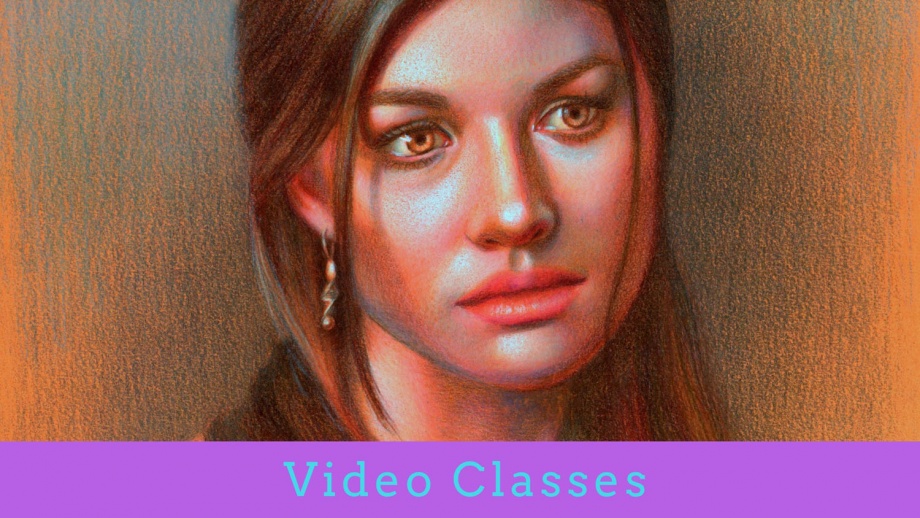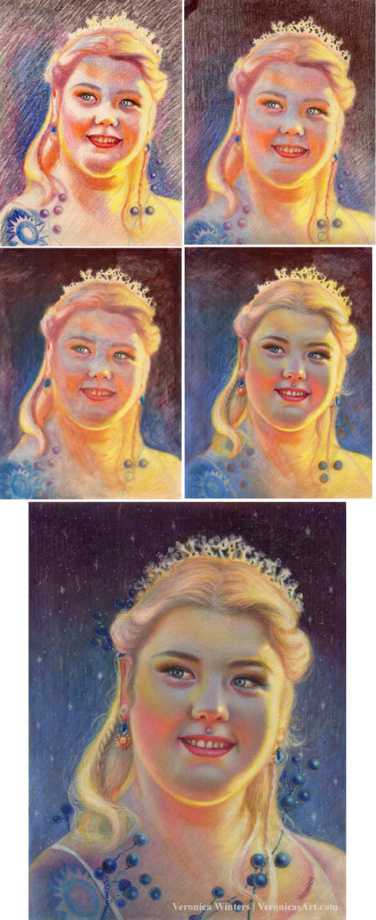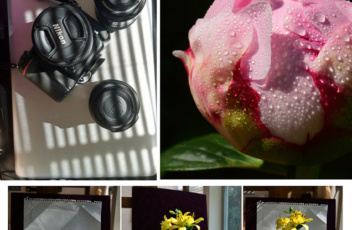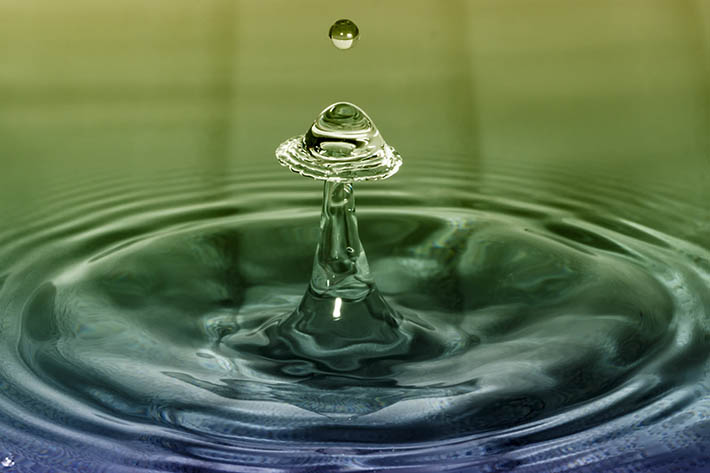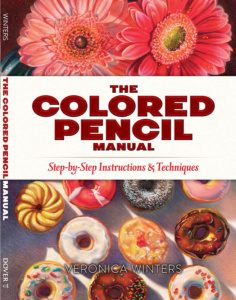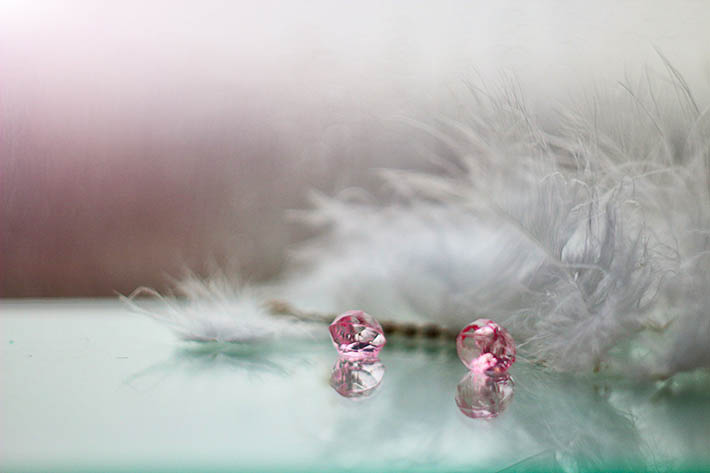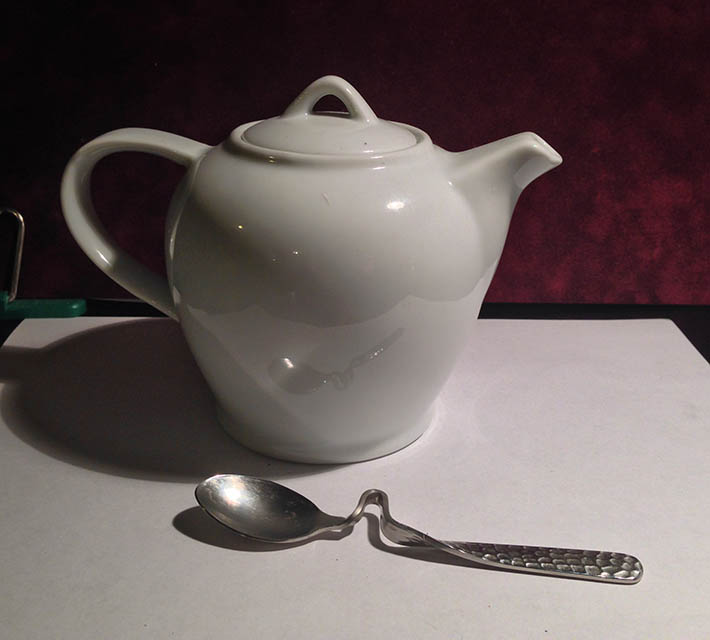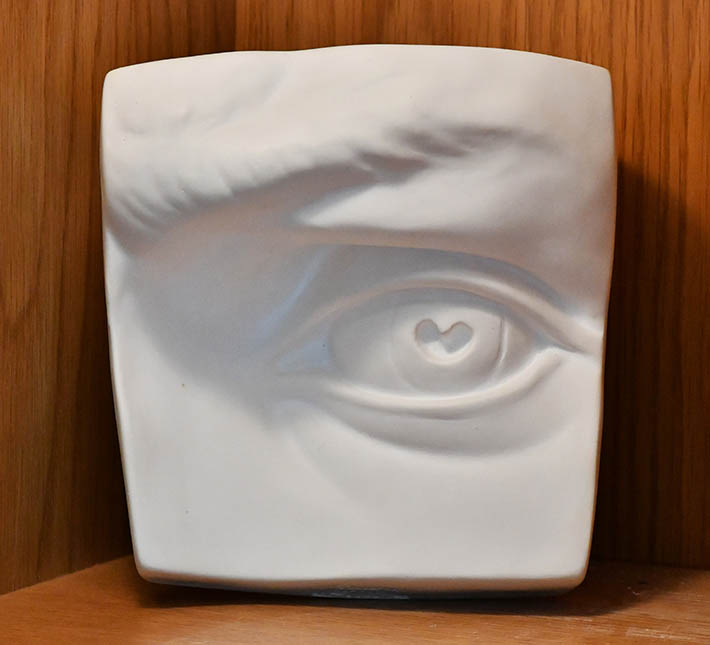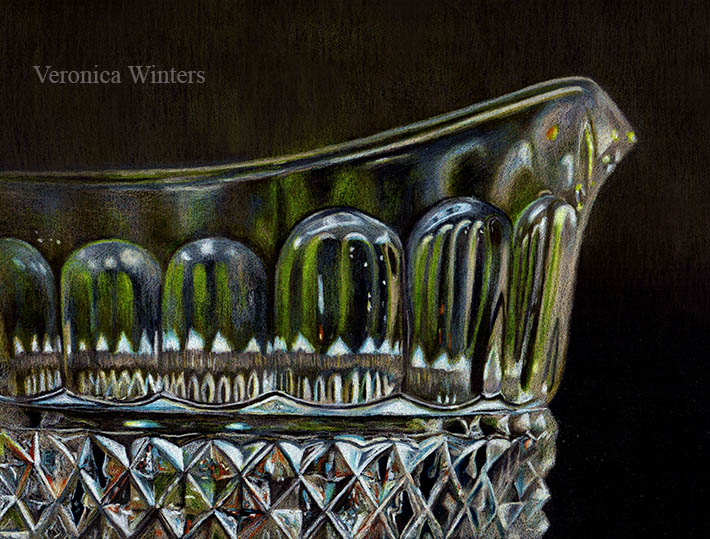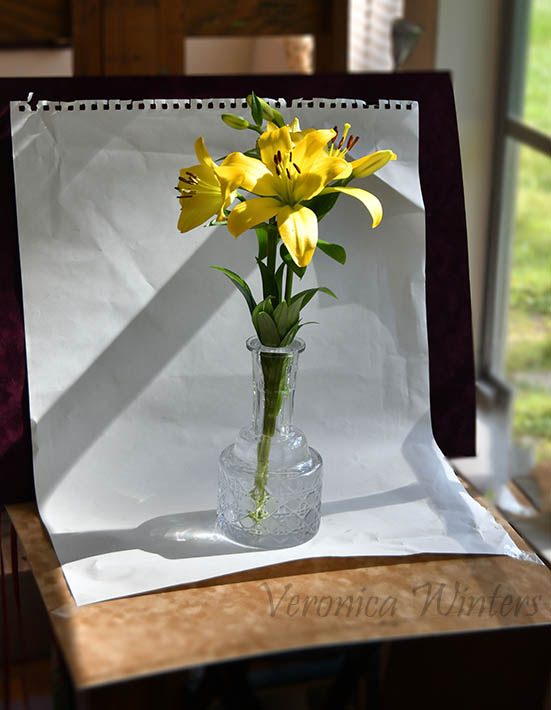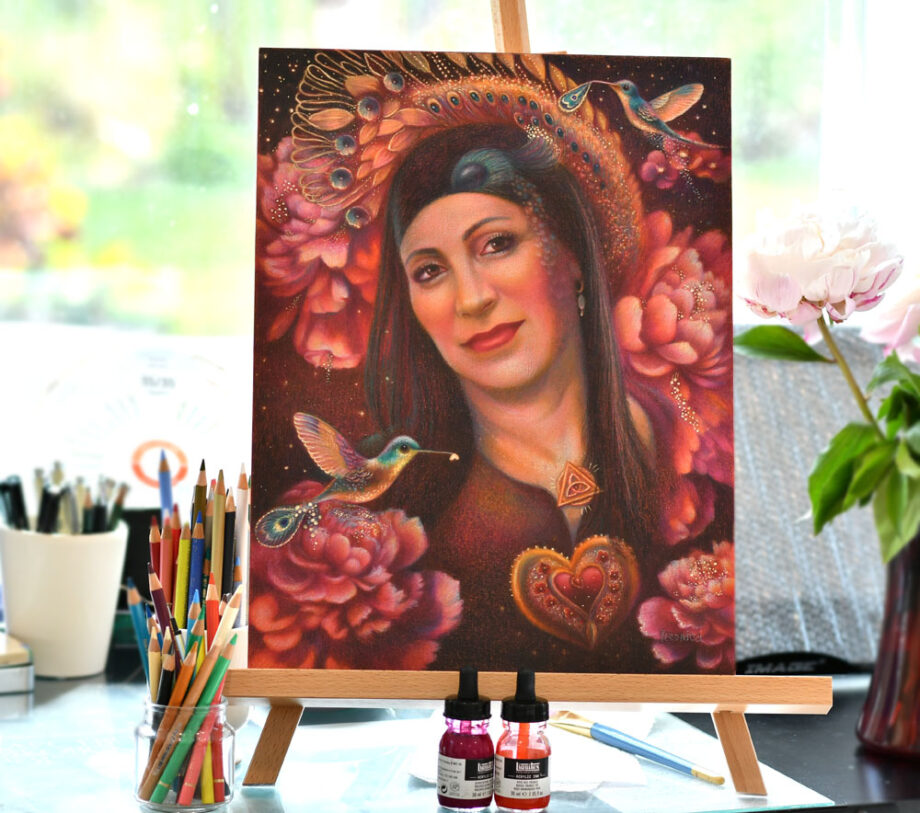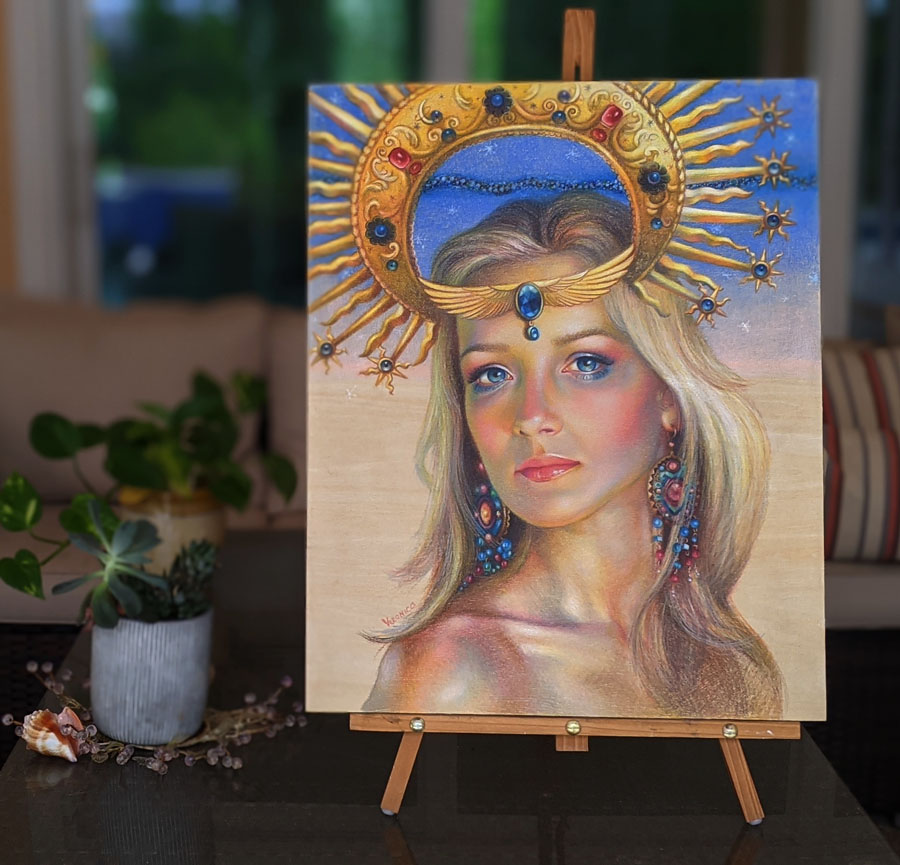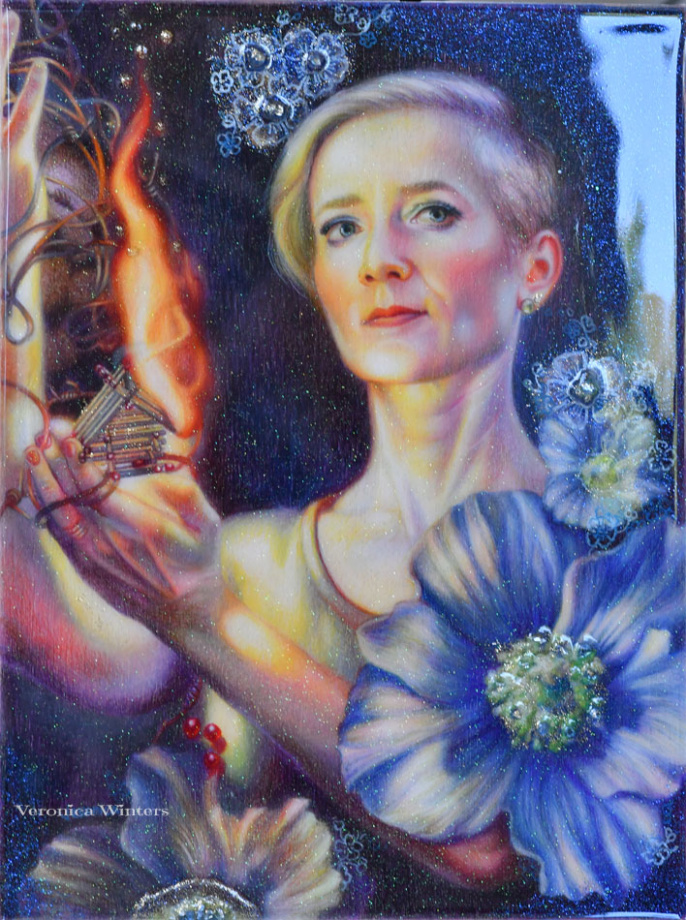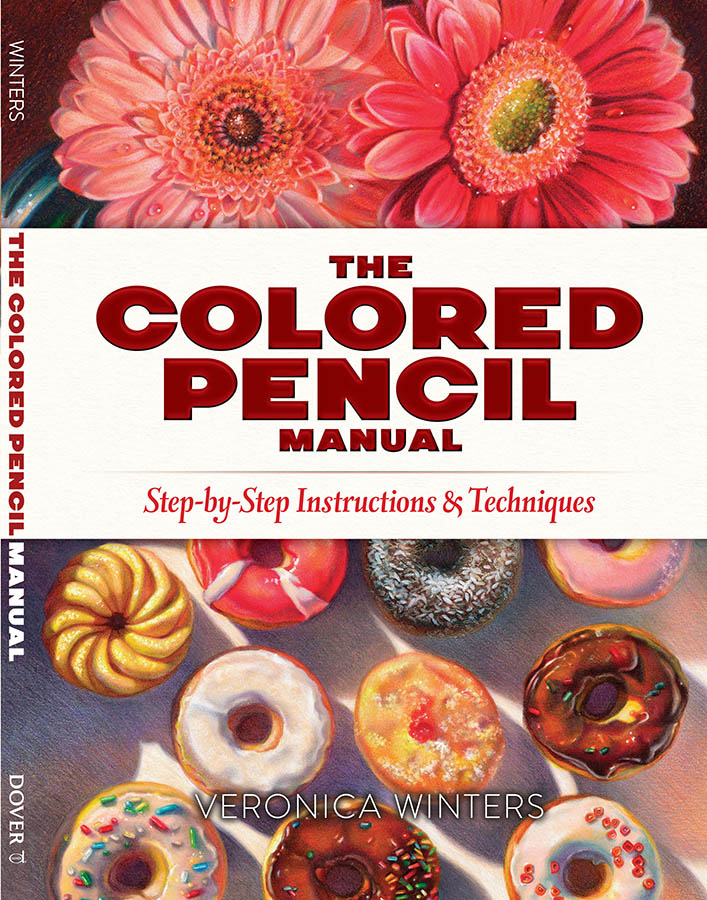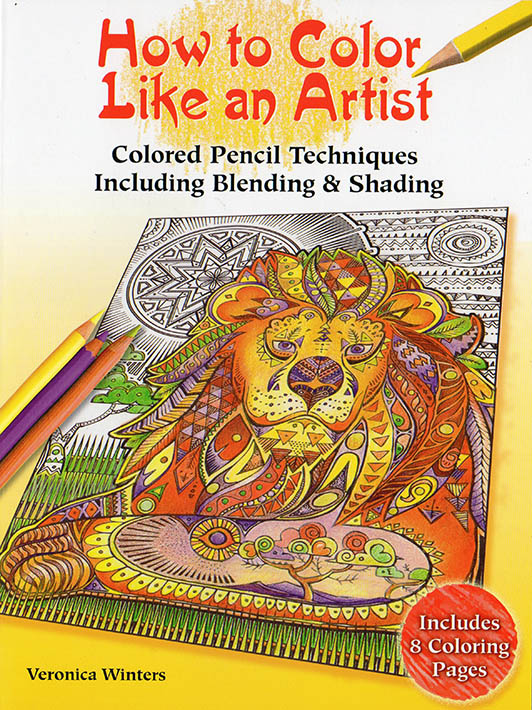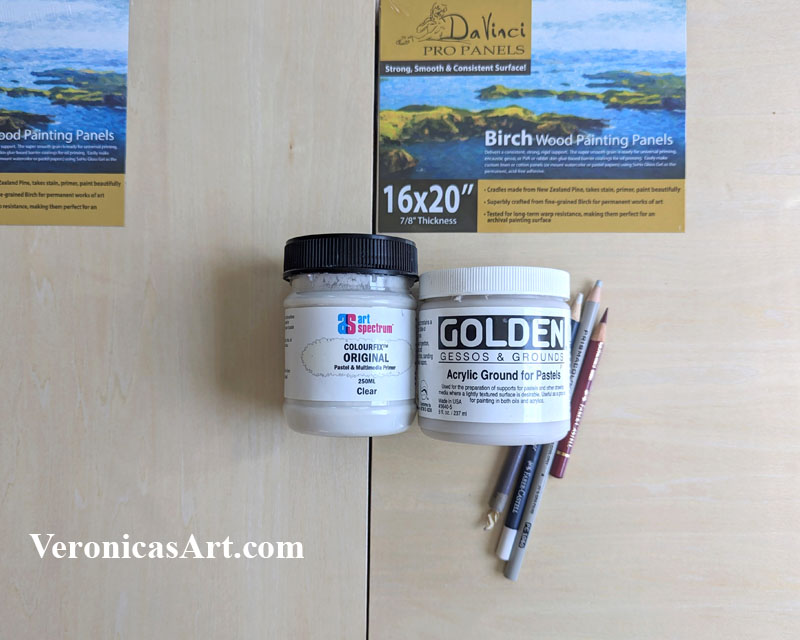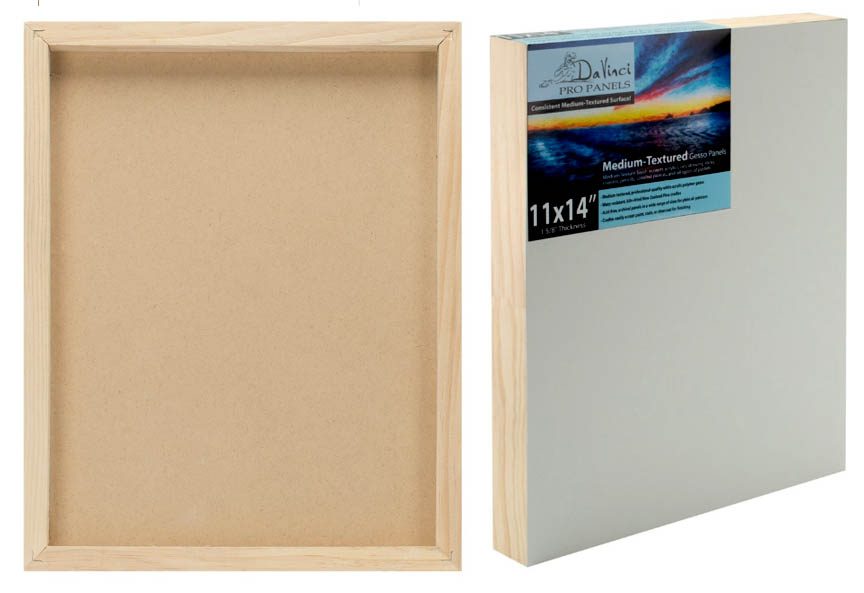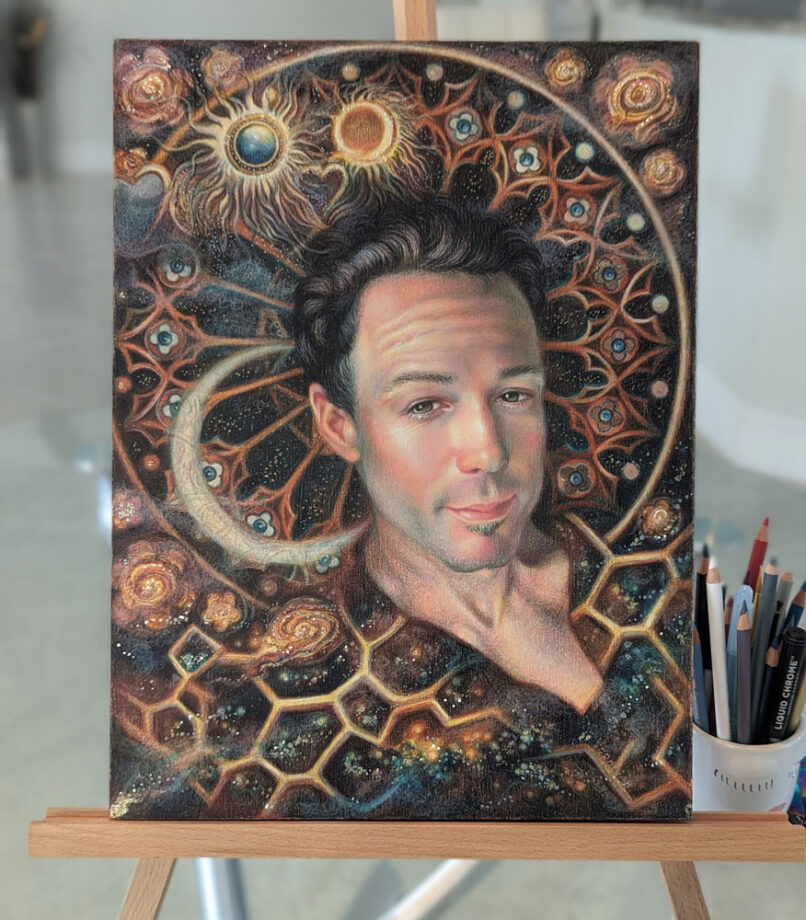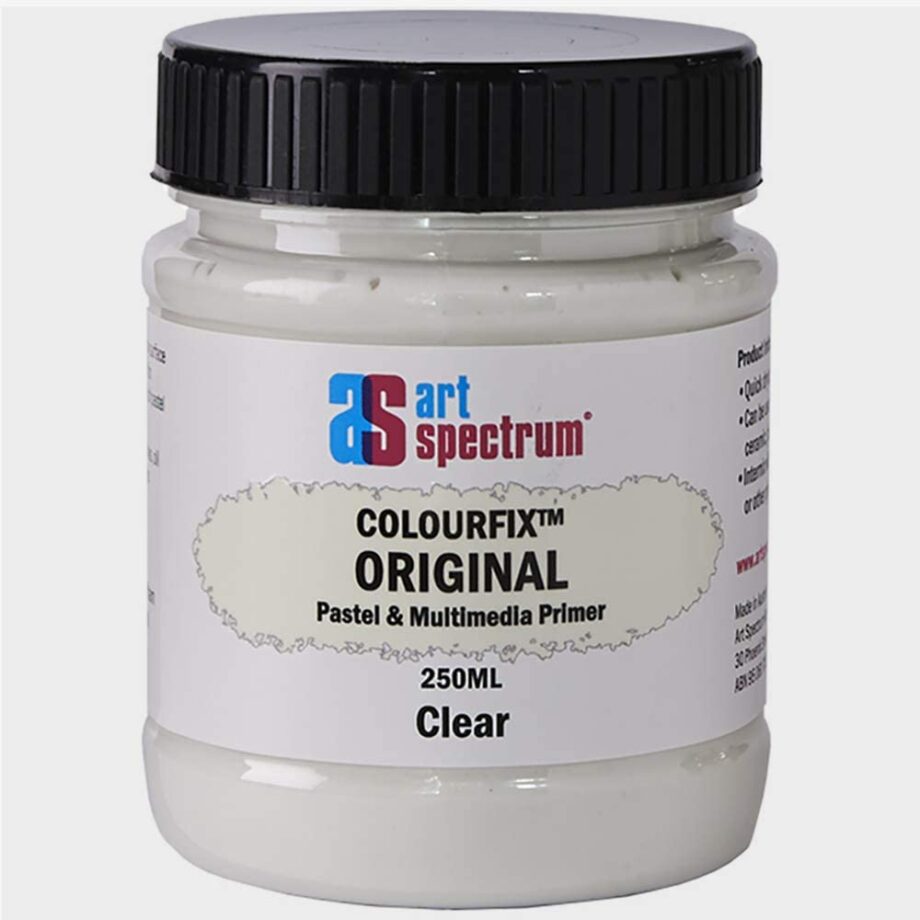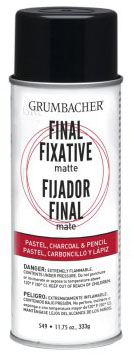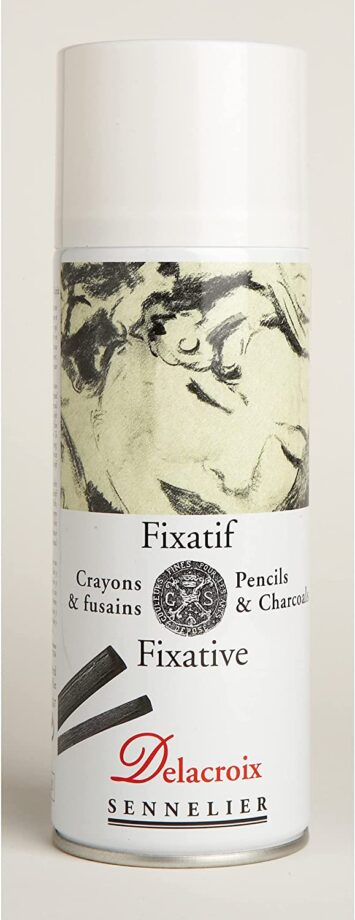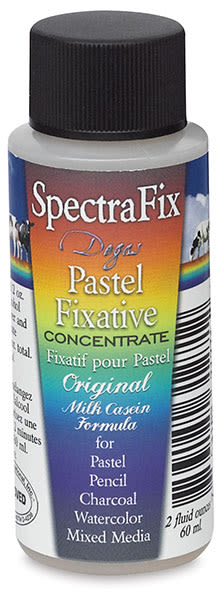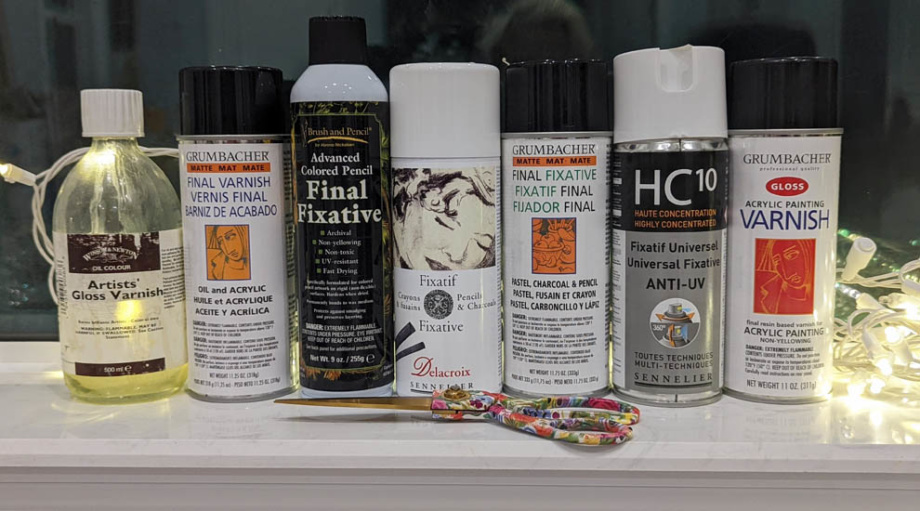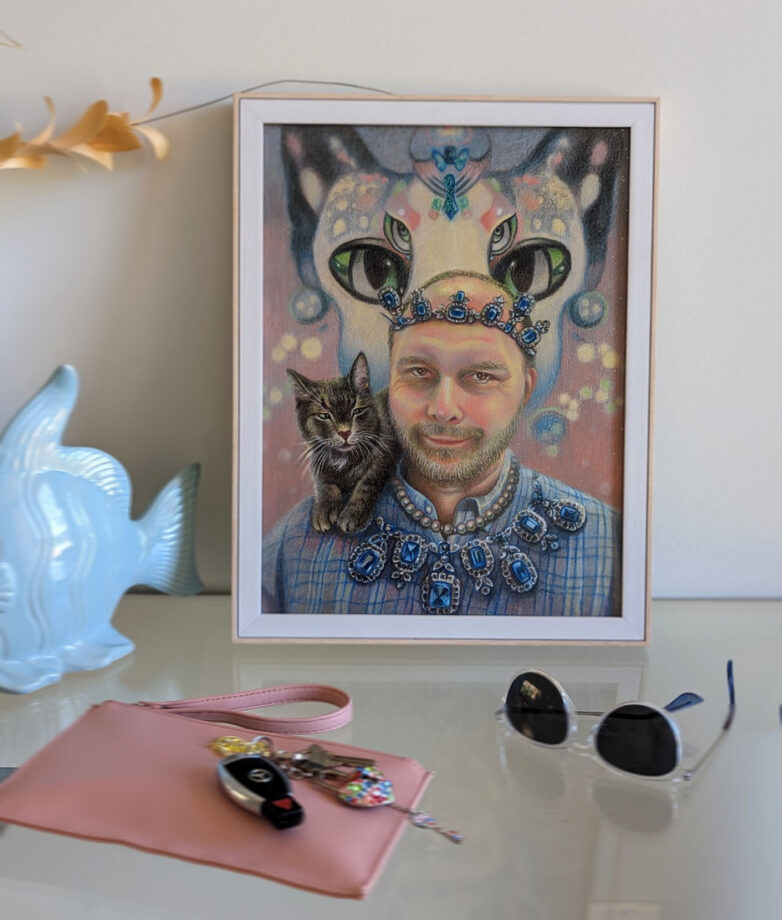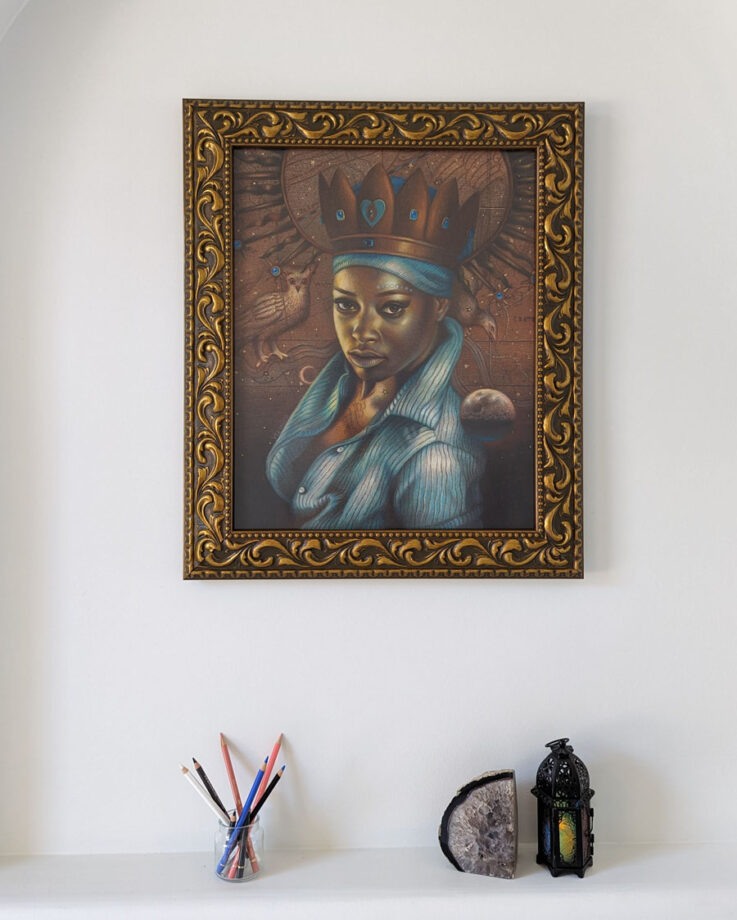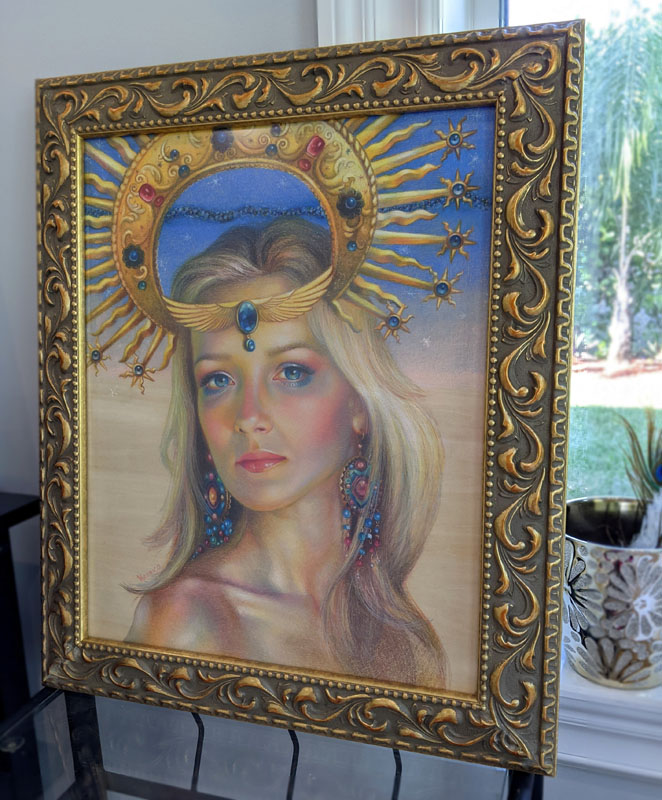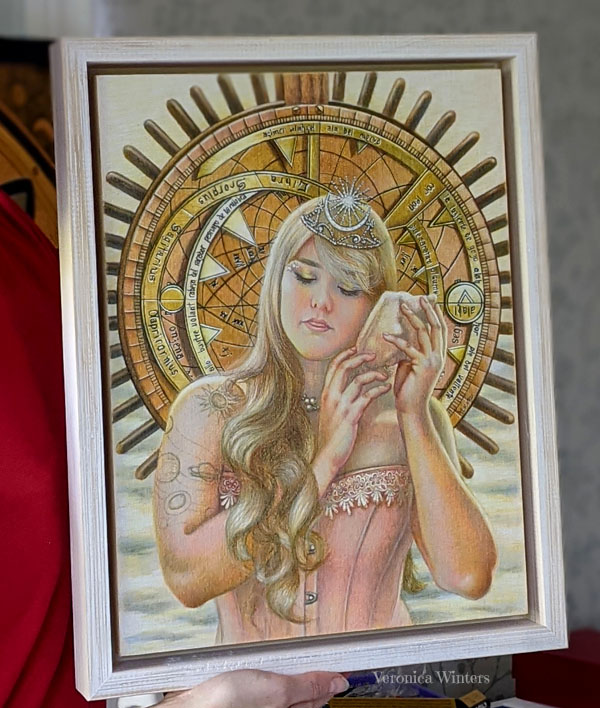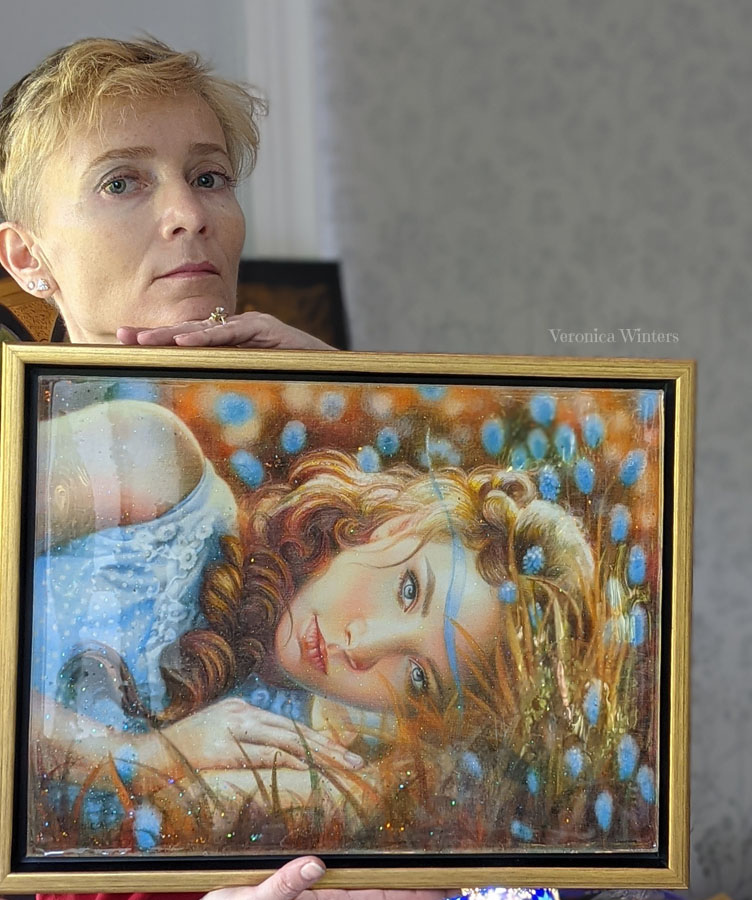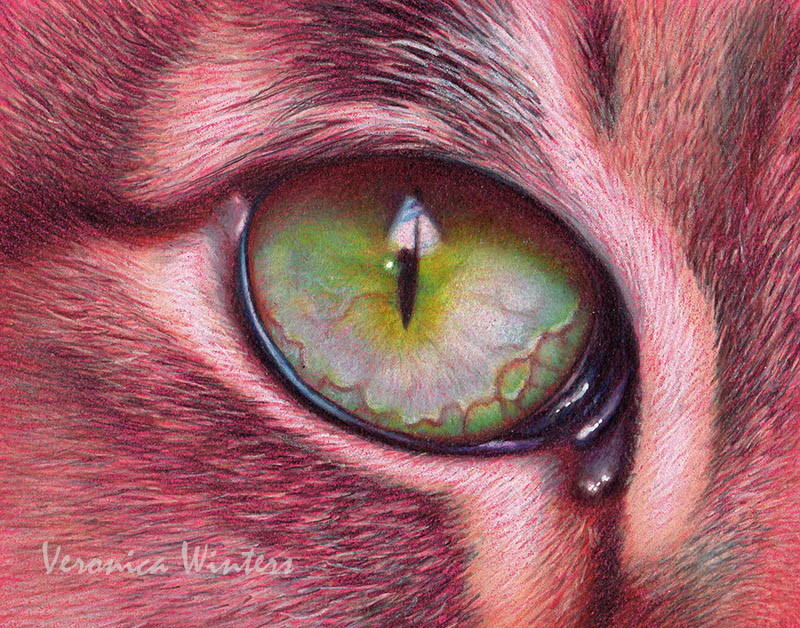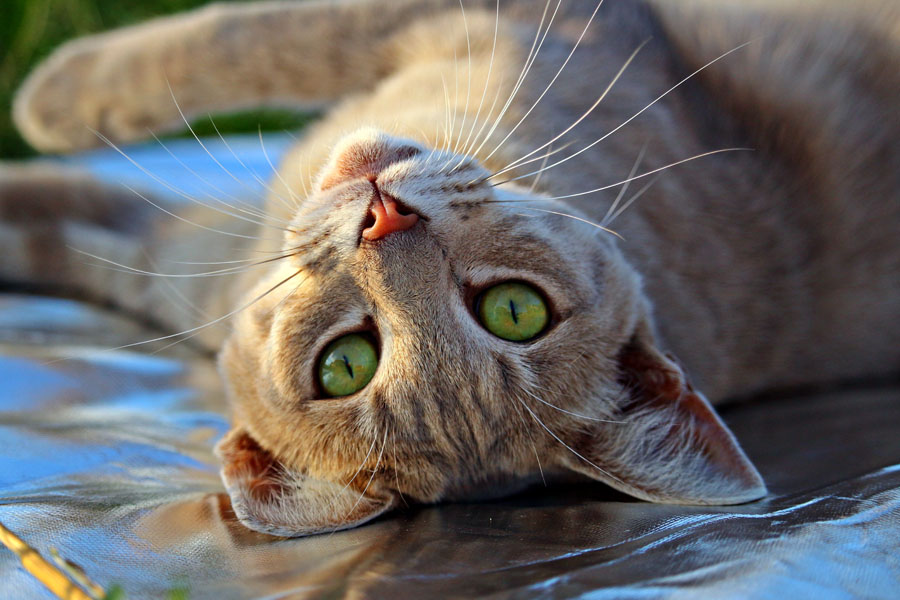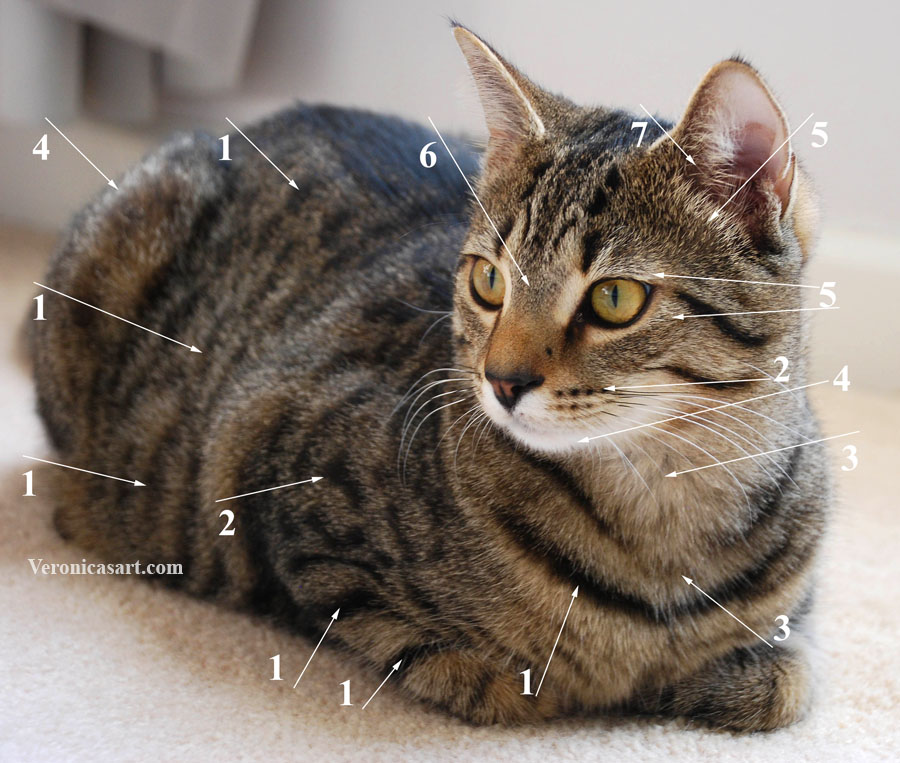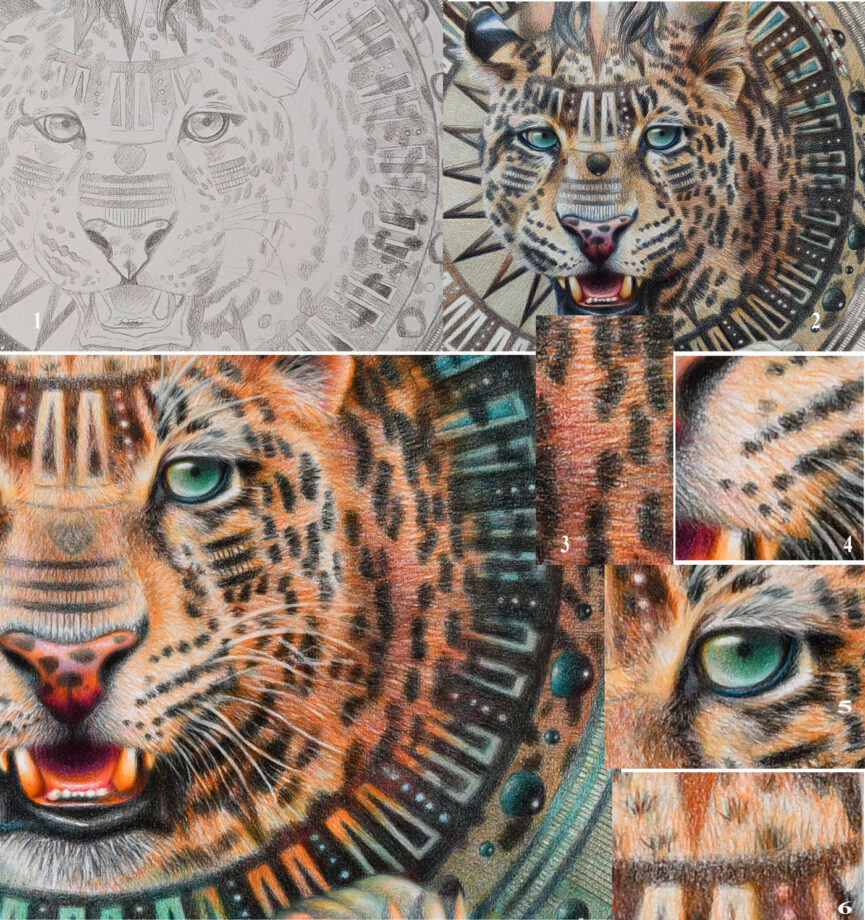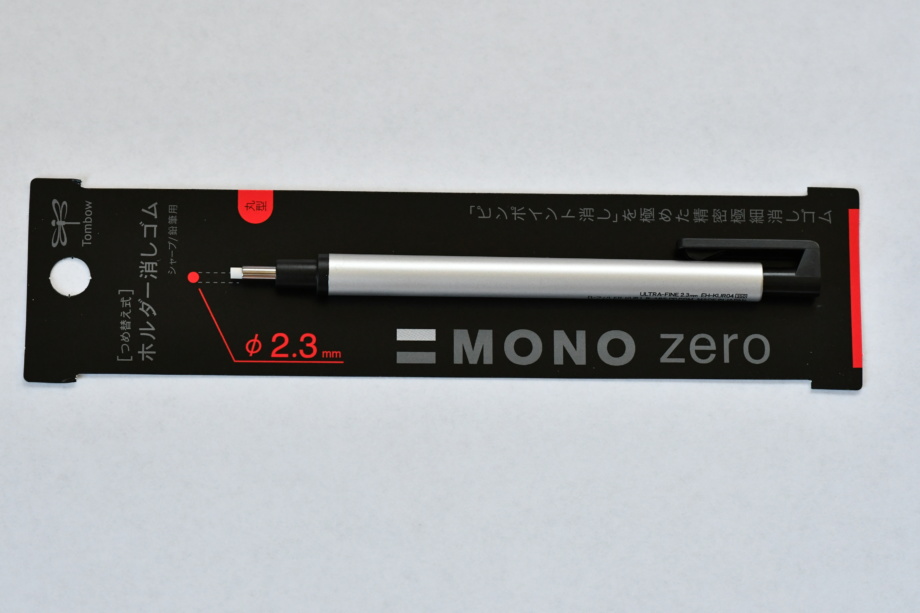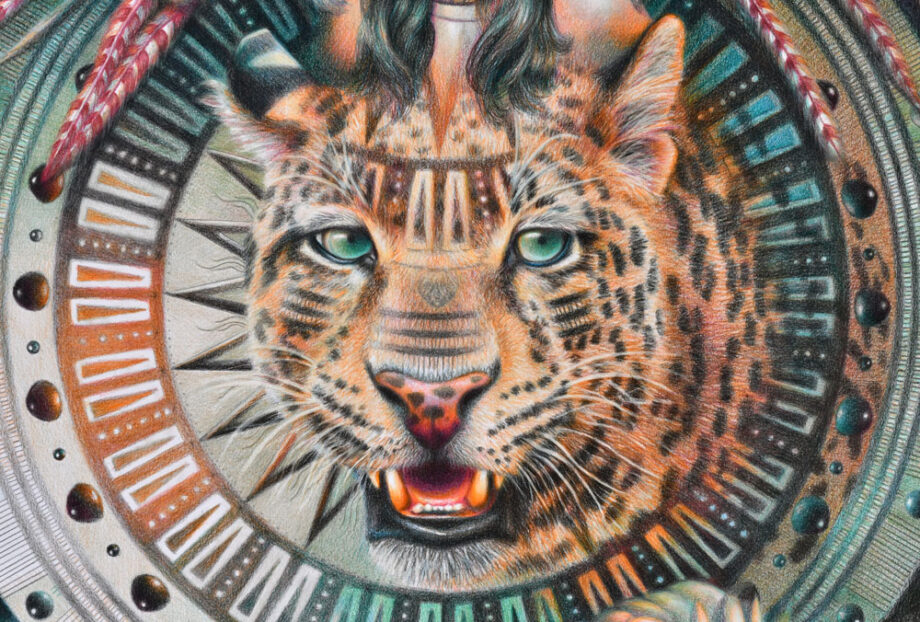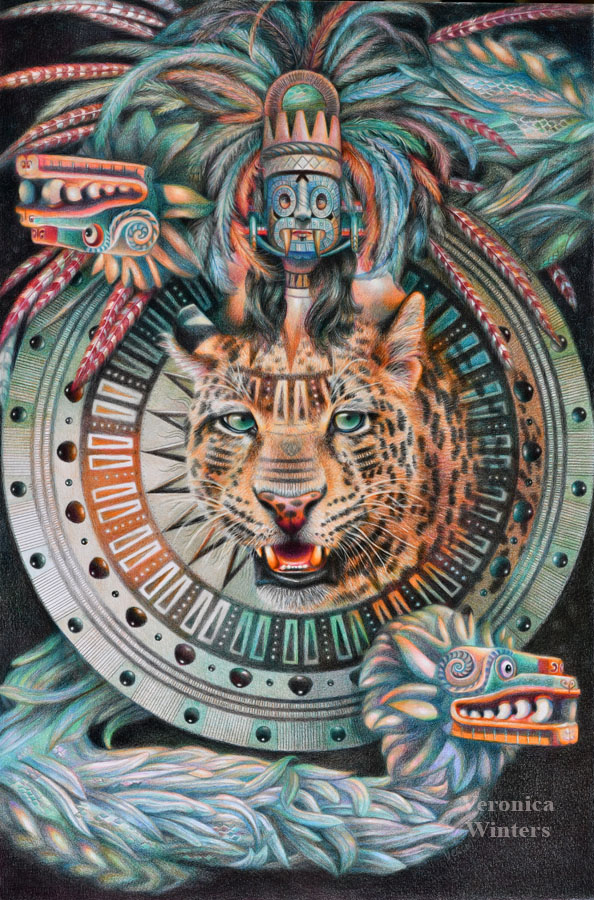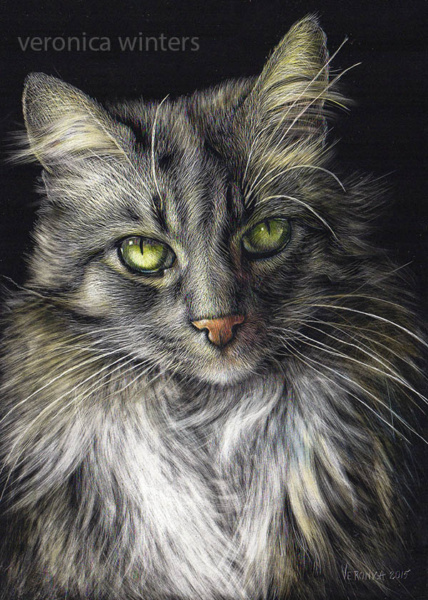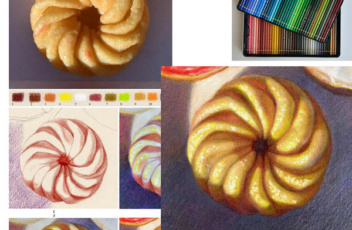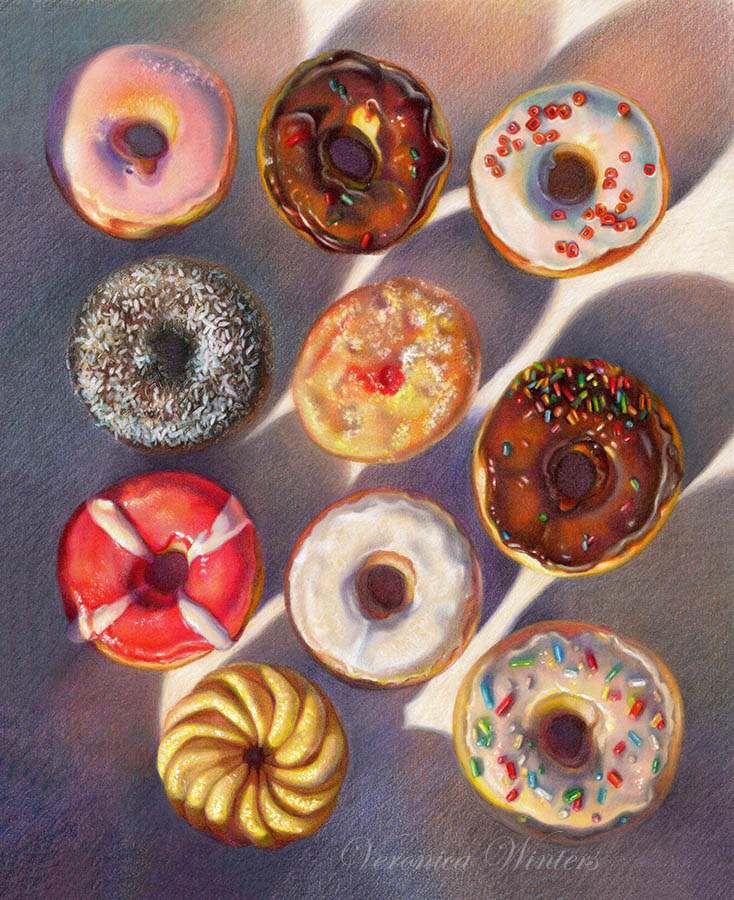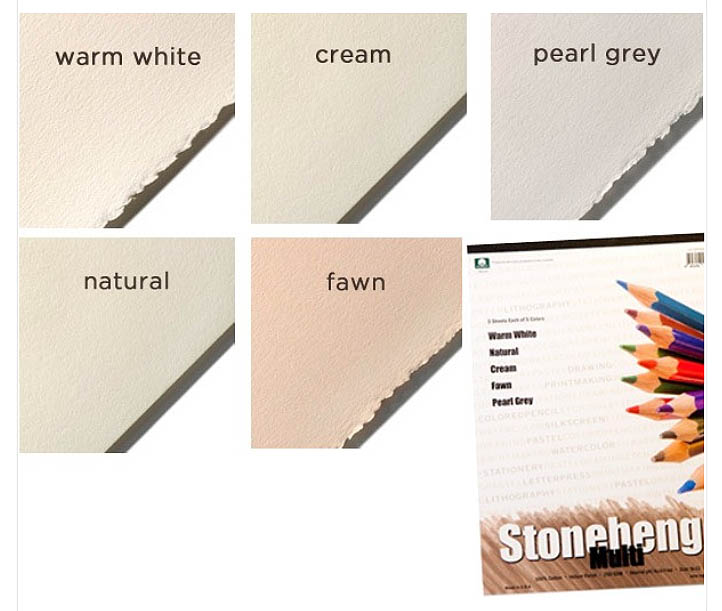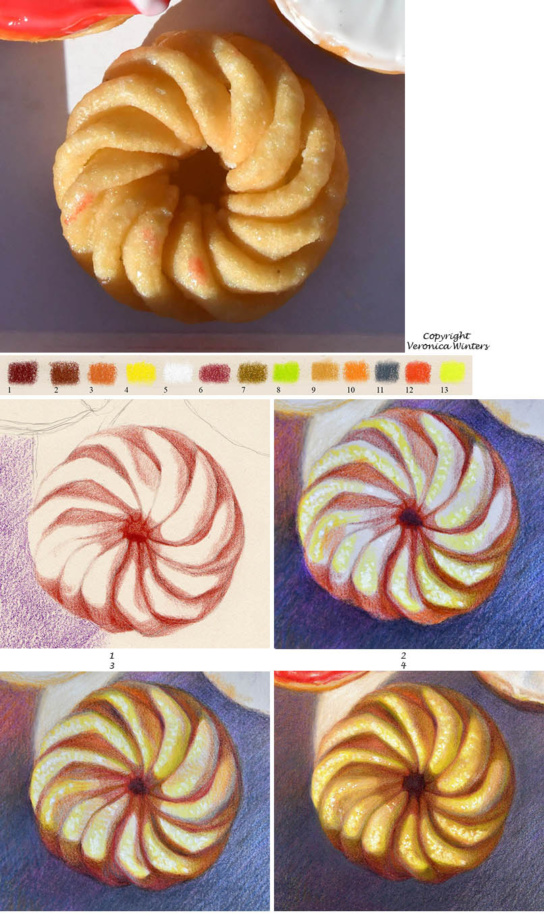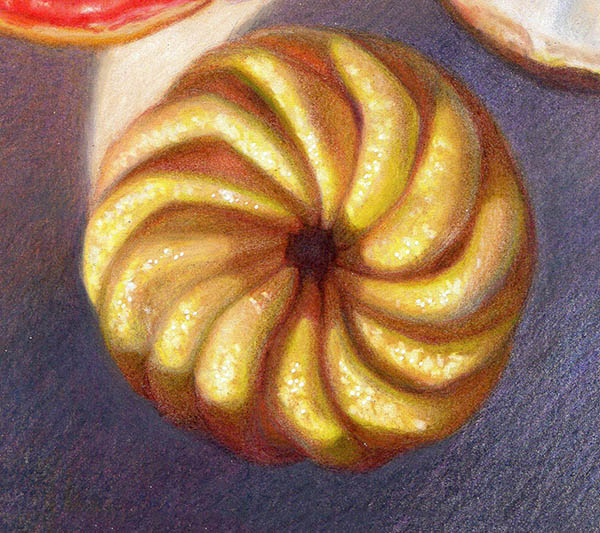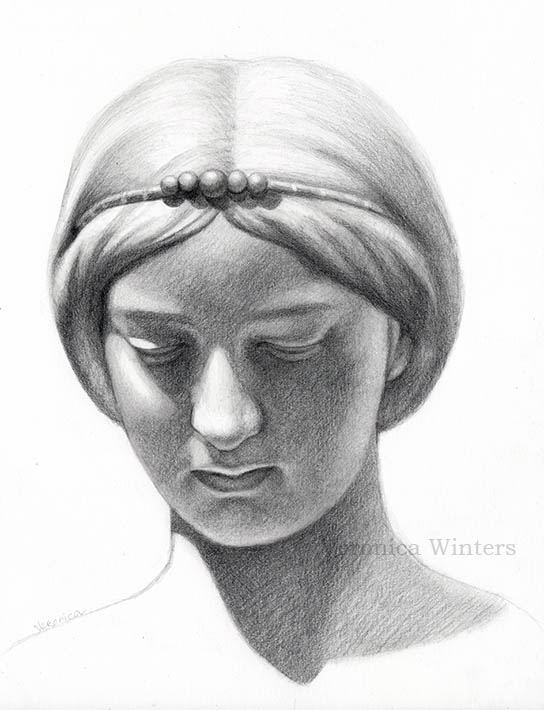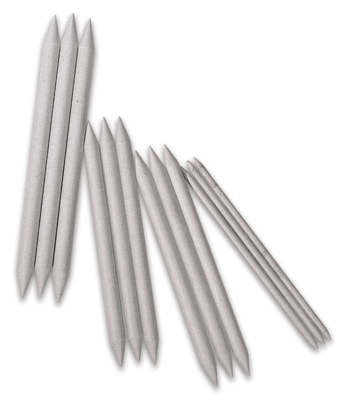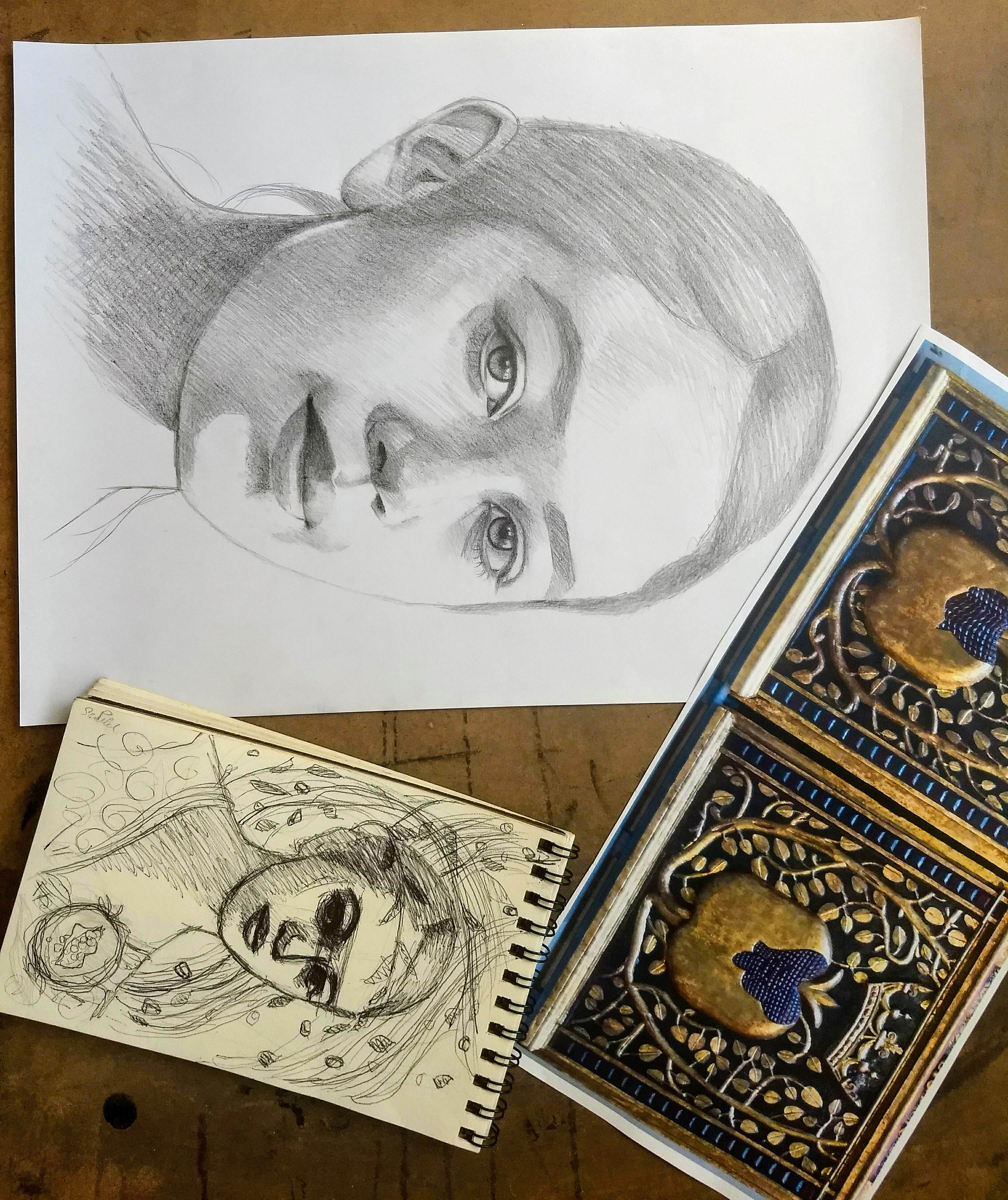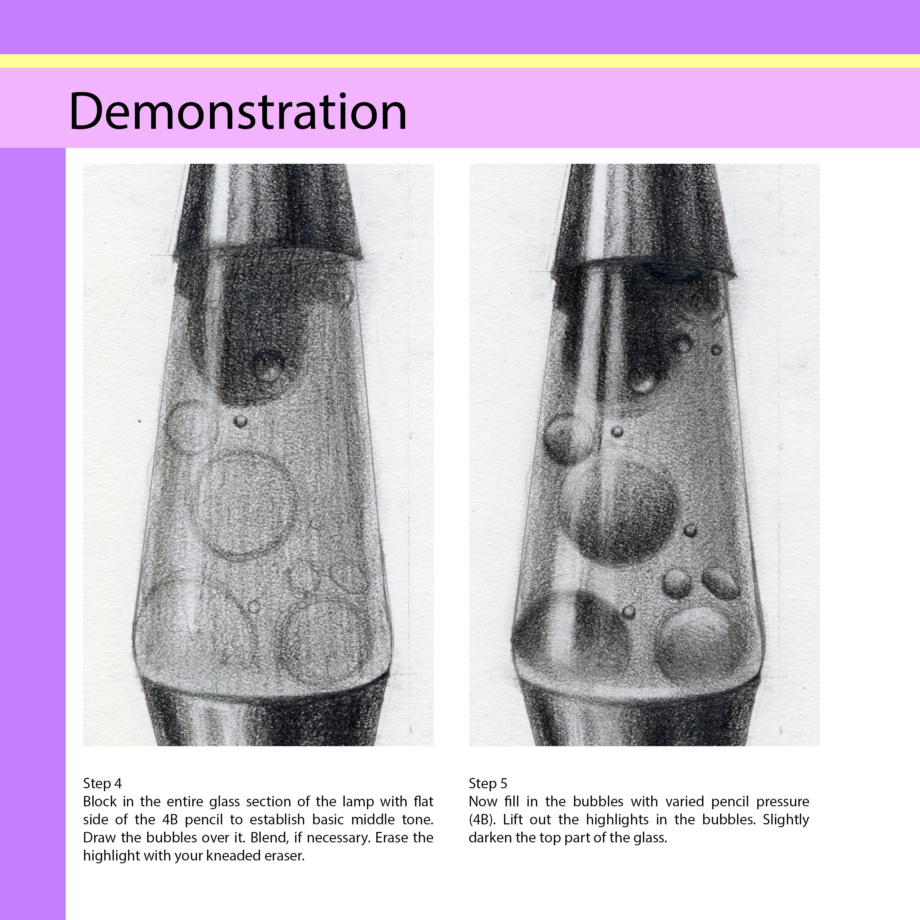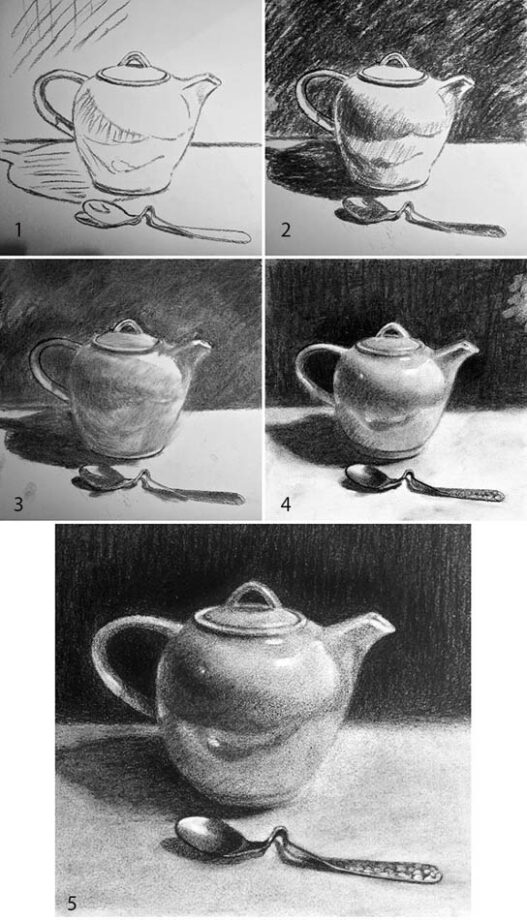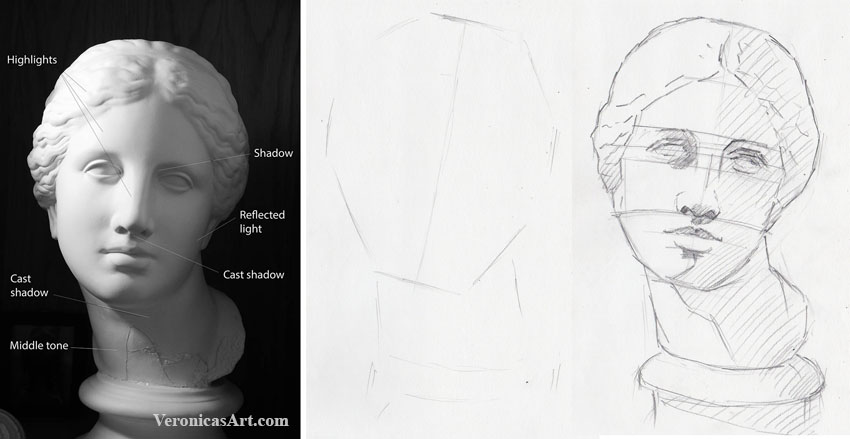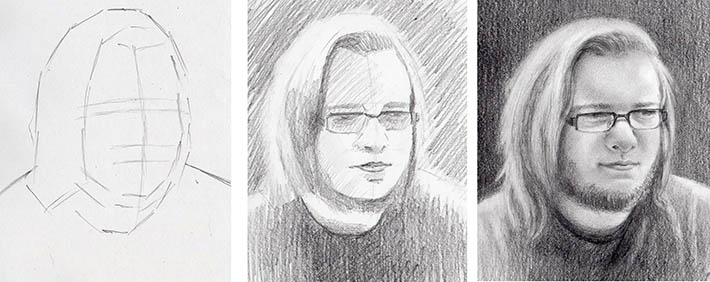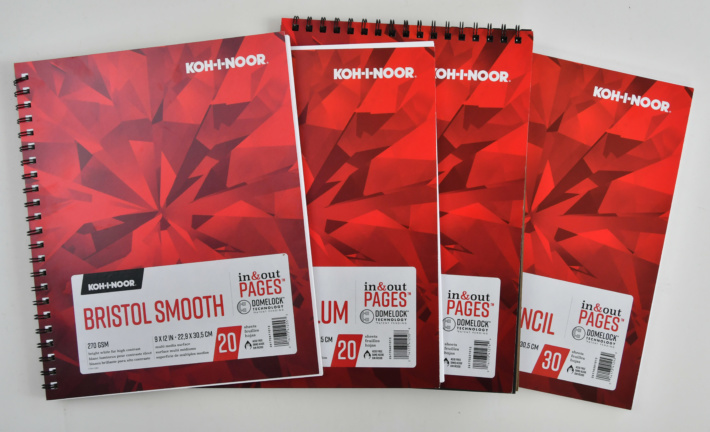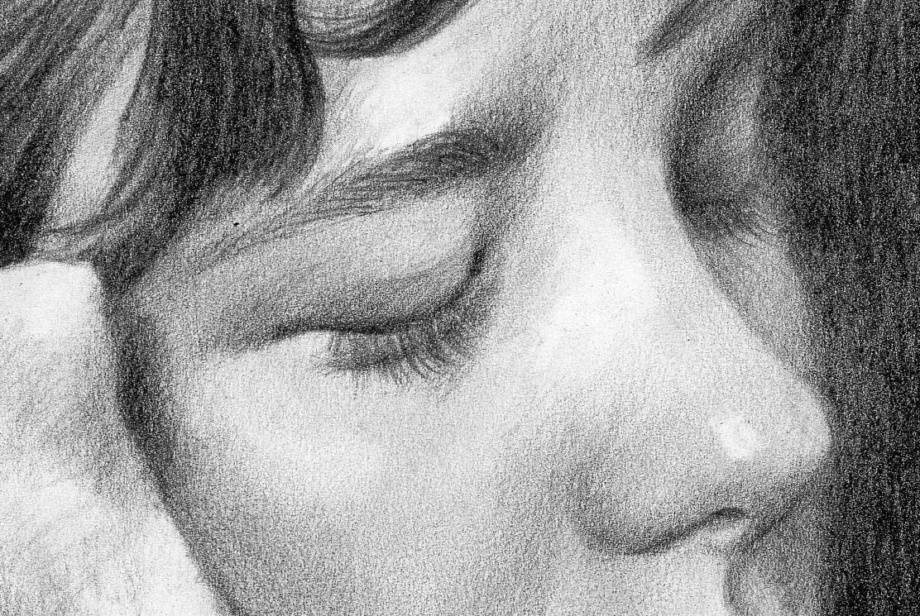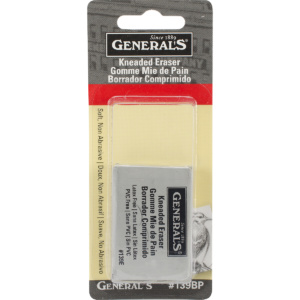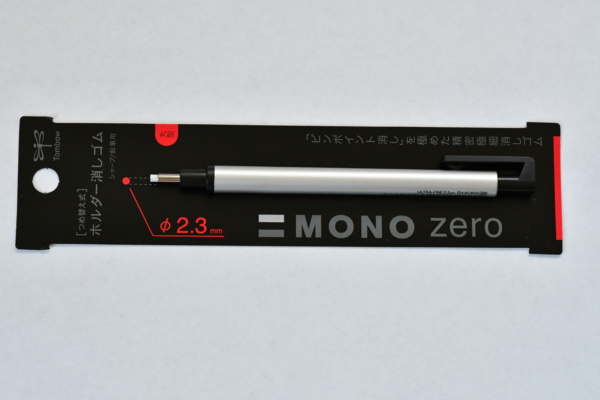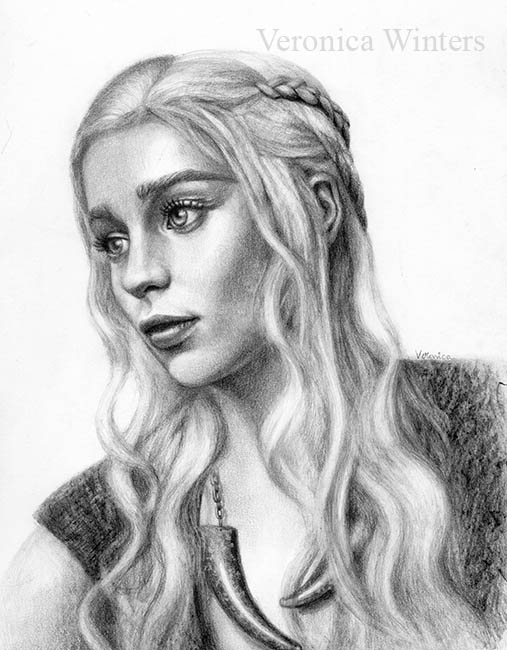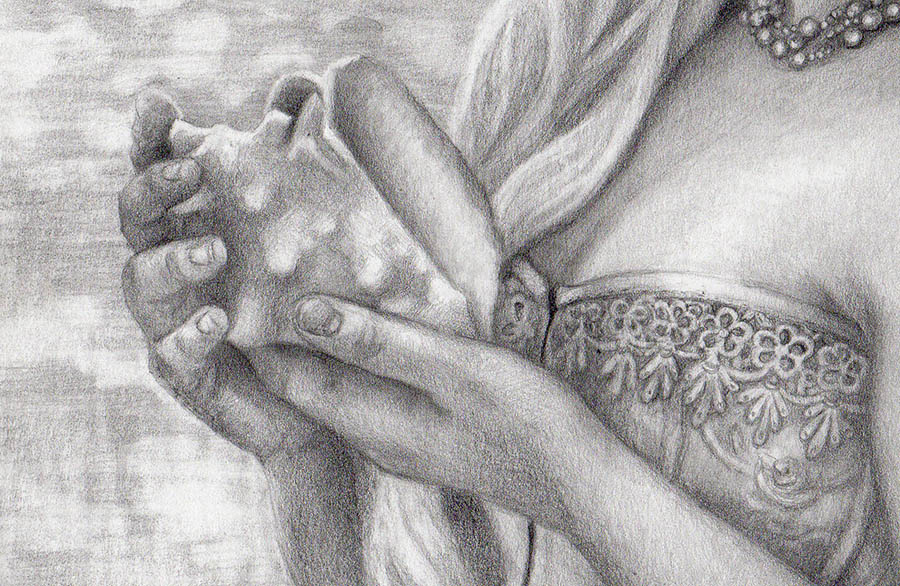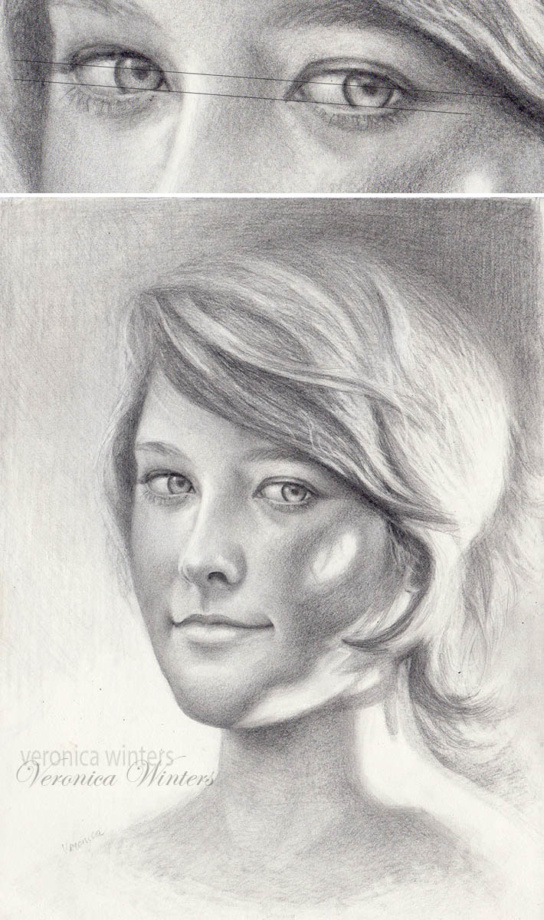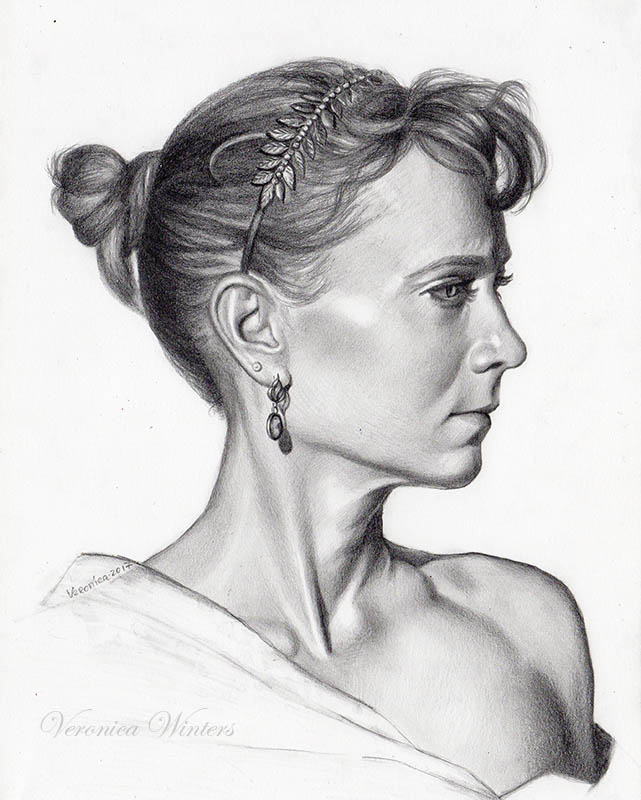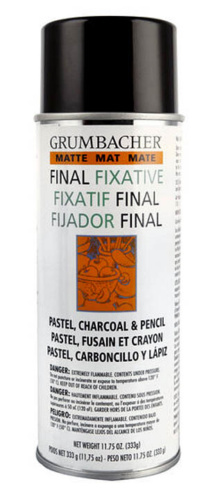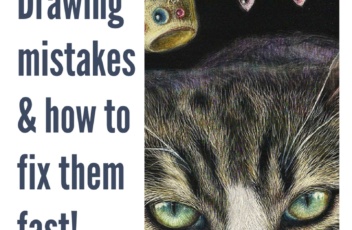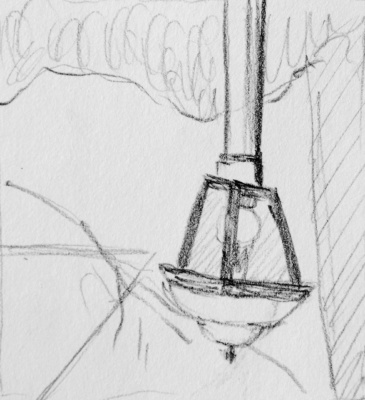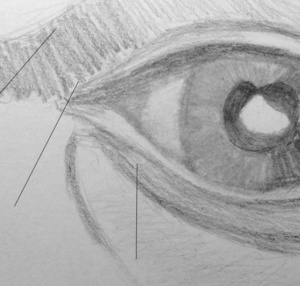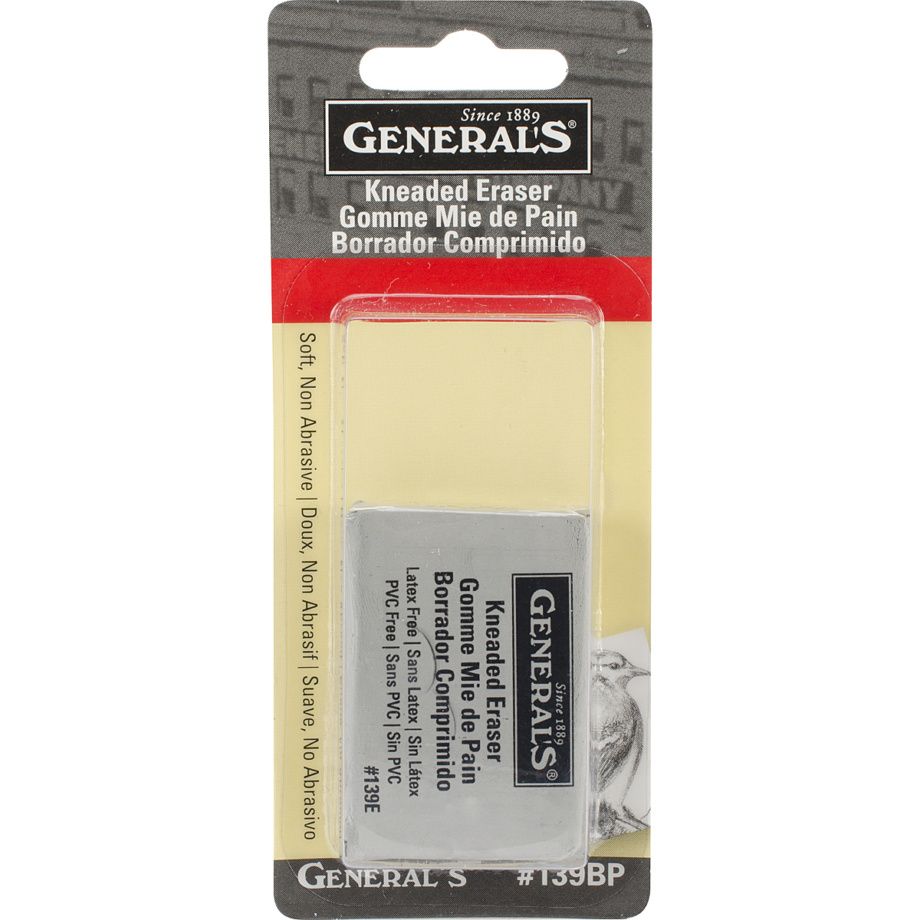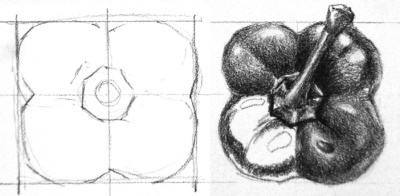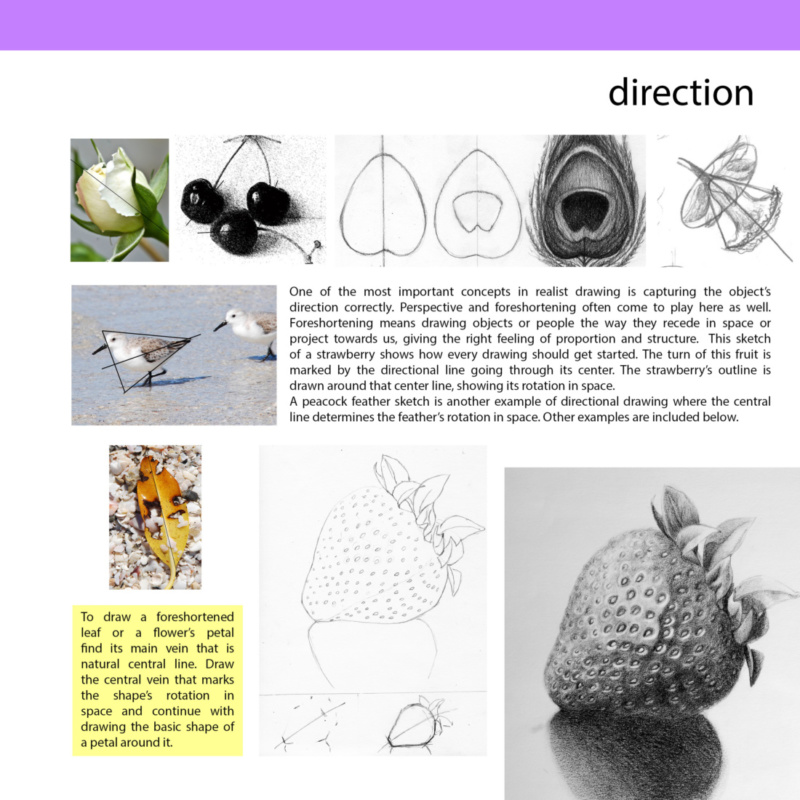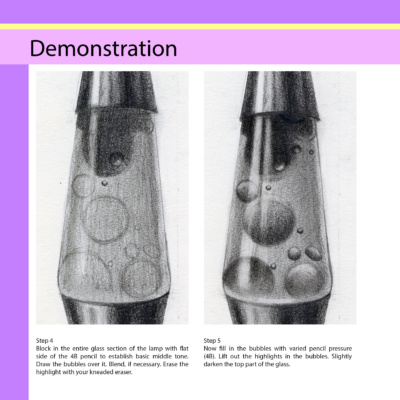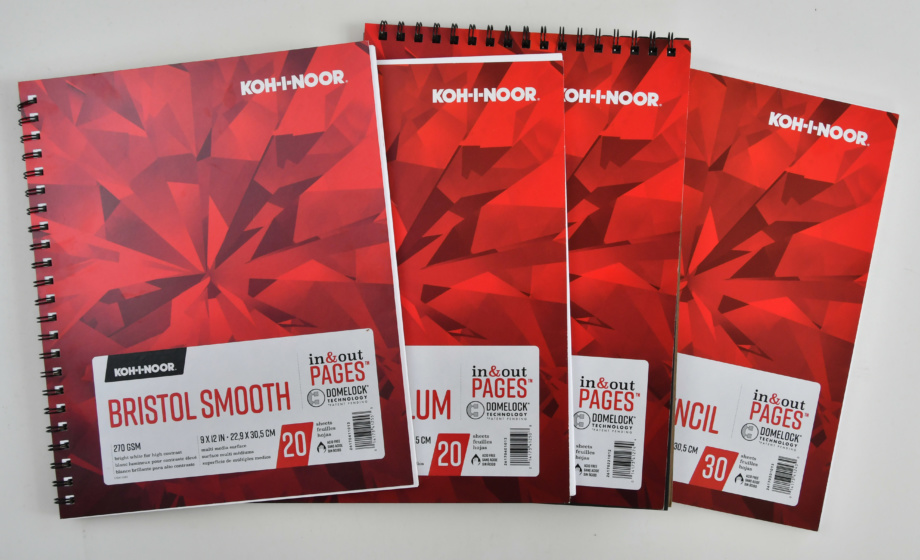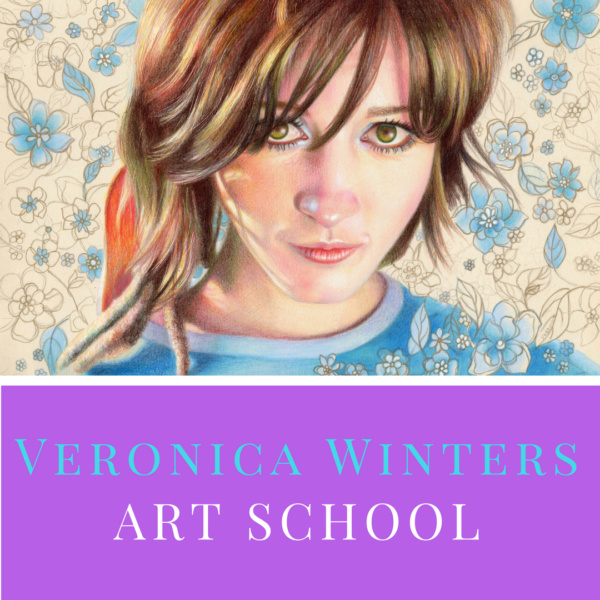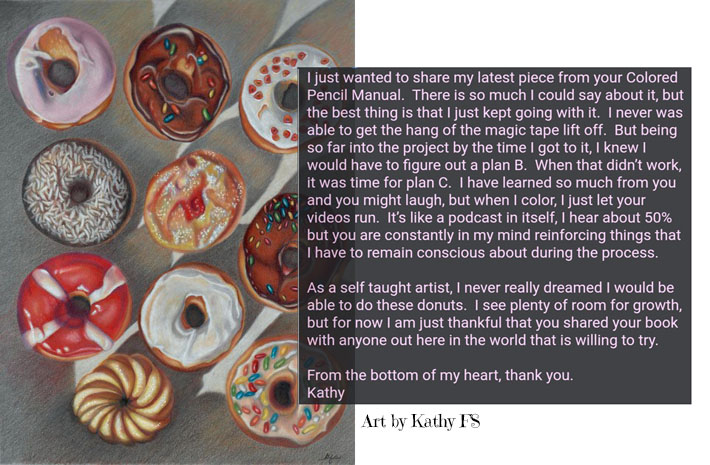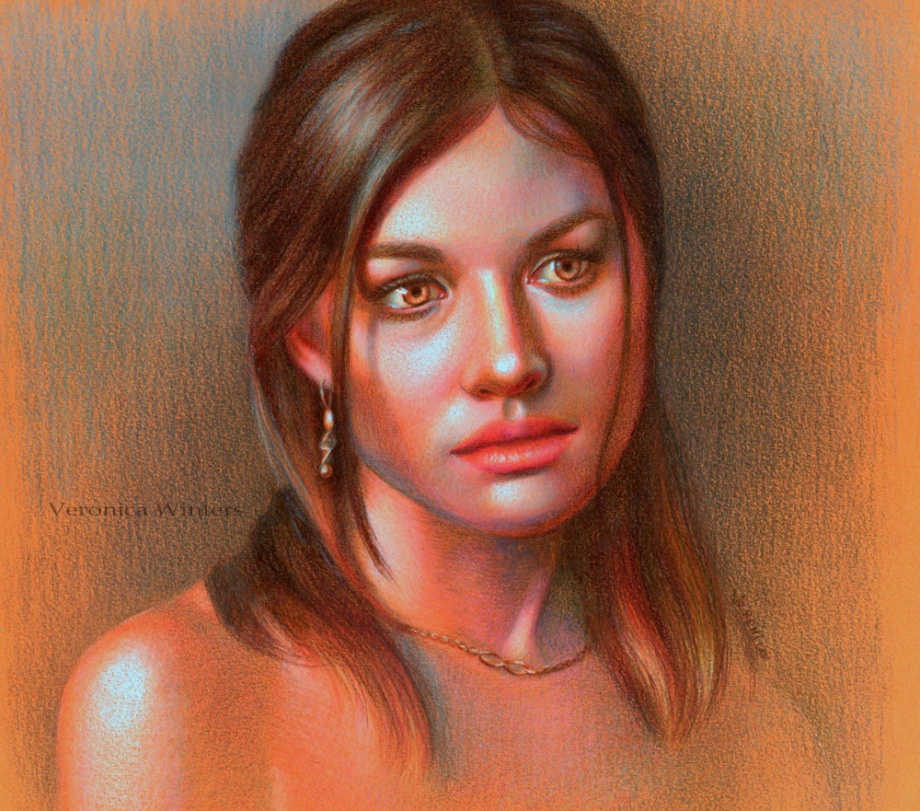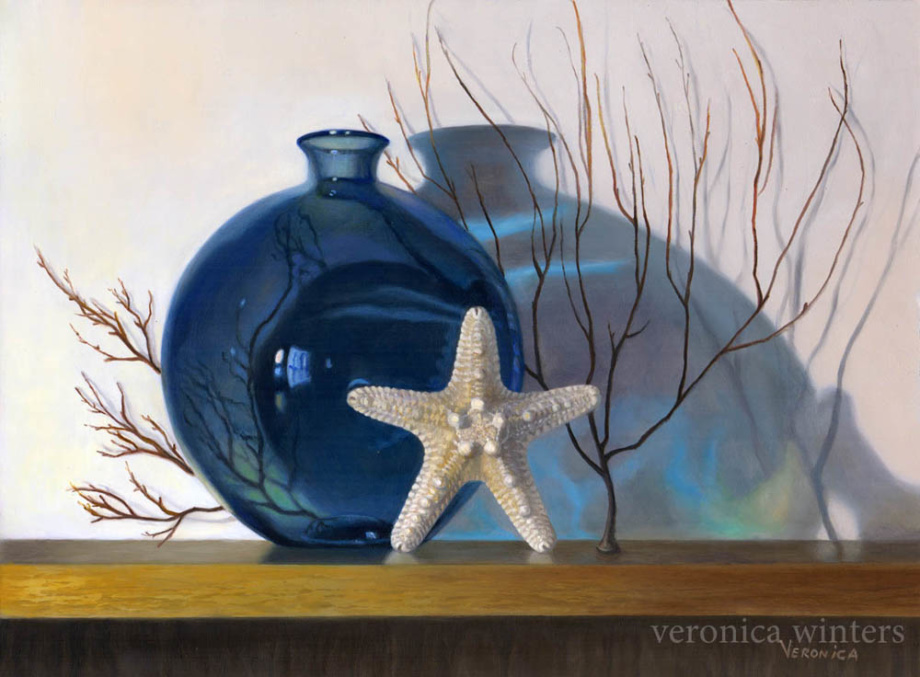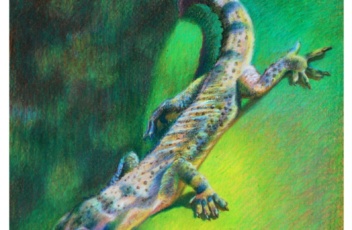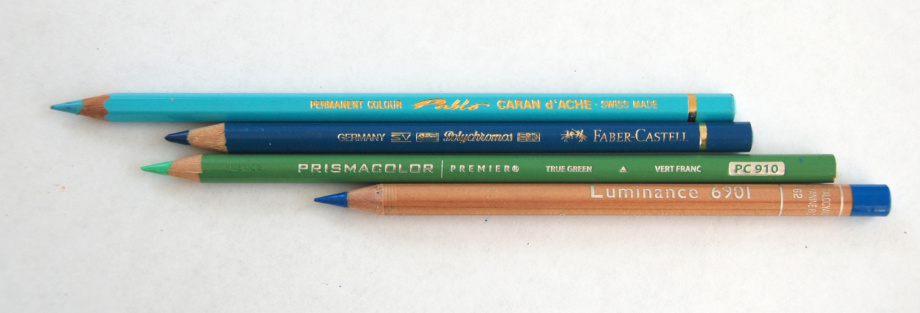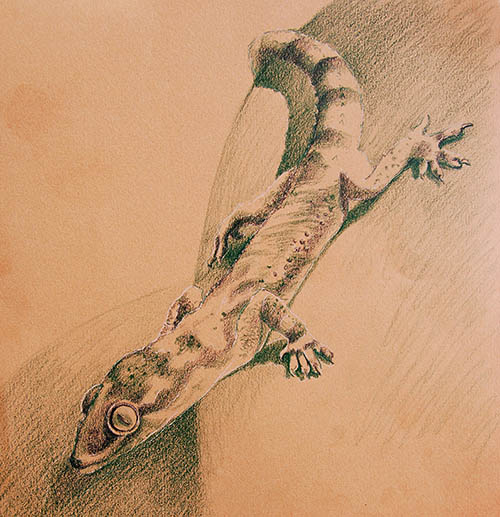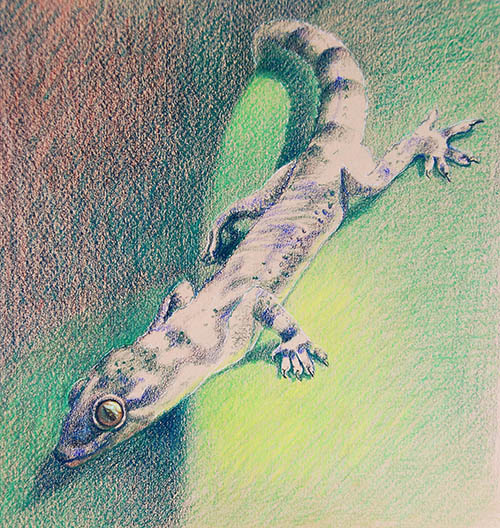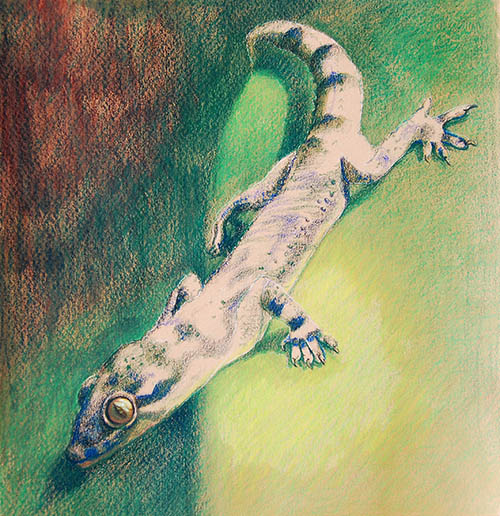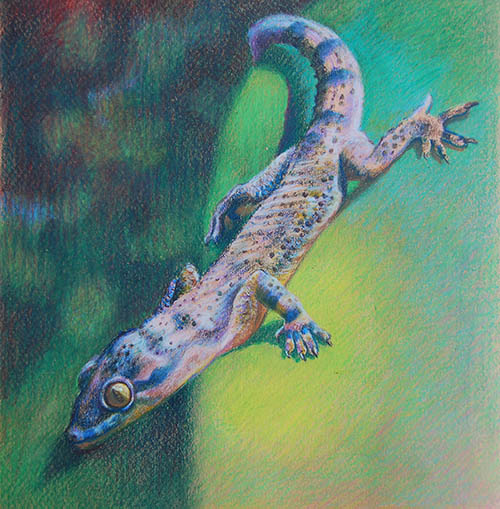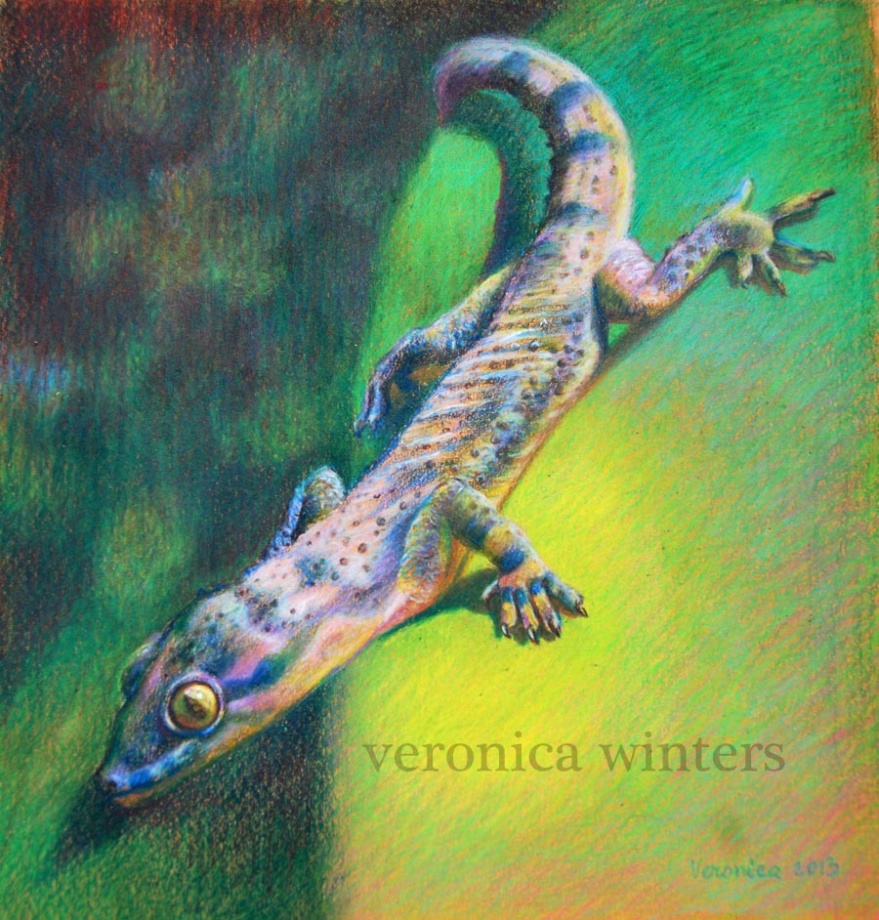
Understanding and use of geometry and geometric construction has been a staple in art and architecture for centuries. All ancient churches, domes and palaces have a thorough understanding of geometry and geometric design to reveal the ethereal beauty of the Universe. We can notice a repetition of geometric shapes in nature, mainly in flowers and plants. Realistic drawing starts with understanding and sketching of a big geometric shape to get the right proportion, form, perspective and scale of any object you draw. It can be a difficult task to start drawing complex geometric shapes in the beginning. Therefore, we need to slow down and spend some time drawing basic geometric forms like rectangles, circles, squares, and triangles by using a ruler and a compass. Next, we begin learning how to draw more complex geometric shapes like pentagons. So below you’ll see how to draw a pentagon step-by-step. Moreover, you’ll discover why the pentagon’s shape is such an incredible part of math.
How to Draw a Pentagon
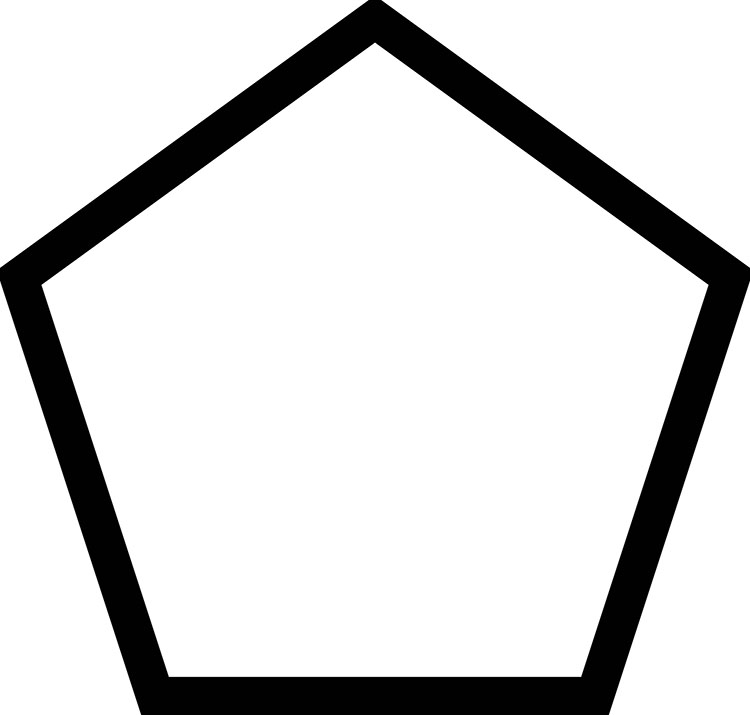
A pentagon is a shape with five sides.
This illustration shows a perfect geometric construction of a pentagon.
Step 1. Draw a cross. Start with a horizontal line and a vertical line crossing in the middle.
Step 2: Draw a circle. Use a compass to draw a circle with its center at the crossing point of the lines. Don’t change the compass size after drawing.
Step 3: Measure the side. The side of the pentagon will be slightly longer than the radius of the circle.
Step 4: Make arcs. Without changing the compass, put the compass point where the circle meets the horizontal line. Draw arcs above and below the circle.
Step 5: Draw the center. Find the middle point where the lines cross (the bisector) and mark it. Use the compass to draw an arc from the top of the circle down to the horizontal line. This makes a shape called a golden ratio!
Step 6: Use the compass. Keep the compass the same size and put it in the middle of the bisector. Draw an arc from the top of the circle to the horizontal line.
Step 7: Draw the arcs. Using the same distance to make four more arcs without closing the compass. Put the compass at the top of the circle and draw arcs where the last arc crosses the horizontal line.
Step 8: Complete the shape. Go around the circle using each arc as a center for the next arc.
Step 9: Draw the pentagon. Finally, draw lines from each point where the arcs meet to make a pentagon shape. Voila! Your pentagon is complete.
Don’t worry if you don’t get a perfect pentagon on the first try. You can keep repeating the process until you get a hang of it. Also, get yourself a good compass that holds the precise width and doesn’t slide on your page. To make the process more fun, you can outline and color the pentagon shape with some Faber-Castell Polychromos colored pencils.
The use of a Pentagon in Architecture & History

One famous building with a pentagon drawing shape is the Pentagon building in the United States, where the Department of Defense is located. The Pentagon’s shape helps use space well and makes it easy for people to move around inside.
The pentagon originates from the Greek words “penta,” which denotes five, and “gon,” which means angles. Pentagon is any five-sided polygon or 5-gon.

Greek and Roman architecture relied heavily on rectangles, squares, and circles for their structures. These shapes were favored for their simplicity, stability, and the ease with which they could be constructed. Pentagons, while mathematically understood by these civilizations, presented challenges in large-scale building due to the need for precise angles and calculations. So while the Greeks and Romans liked how perfect and beautiful the pentagon was they preferred using rectangles and squares in their architectural designs. The majority of temples, houses, and public buildings were rectangular including the Parthenon in Athens. This allowed for efficient use of space and strong, load-bearing walls. Often used for courtyards, public forums, and some temples, a square provided a central and symmetrical space. A signature element in Roman architecture, the circle was used for grand structures like the Pantheon’s dome. The Romans mastered concrete construction, which allowed them to create vast, circular spaces.
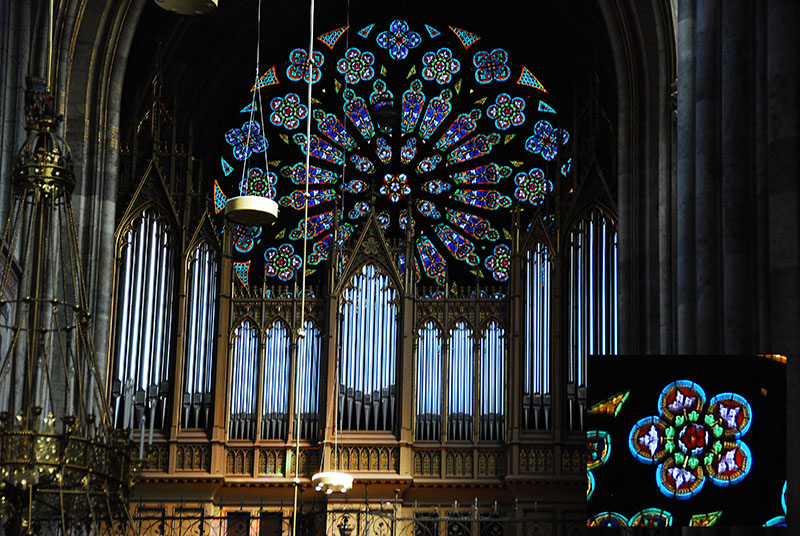
The pentagon shape was used in some Medieval construction of pentagonal tracery windows and churches interior space design. We might stumble upon some Gothic architecture with pentagonal rotundas and towers, like ‘Pillars of light’ in the Saint Mary’s Church in Freistadt and the tower of the Clarissine Church in Bratislava. Examples of pentagonal tracery windows can be seen in the Notre Dame of Paris, Saint Gereon Church of Cologne and the Notre-Dame of Nürnberg. (Source: Pentagons in medieval architecture, September 2018. authors: Krisztina Fehér, Balazs Halmos, Brigitta Szilágyi).
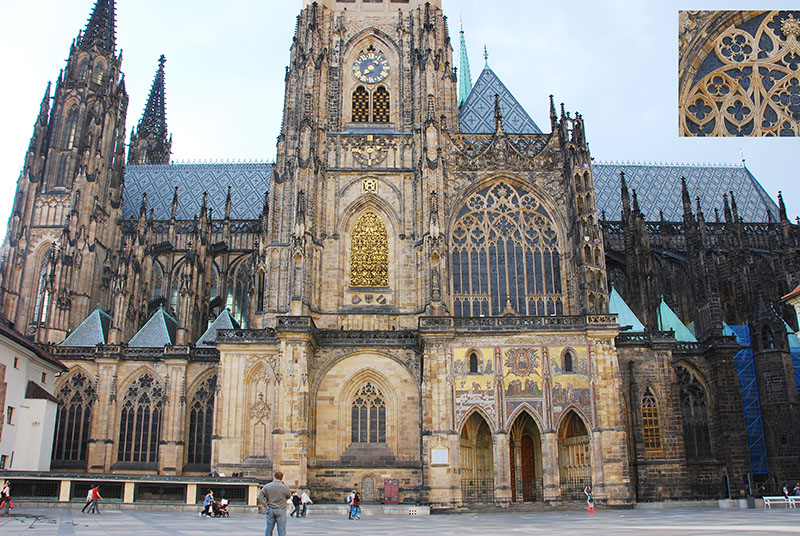
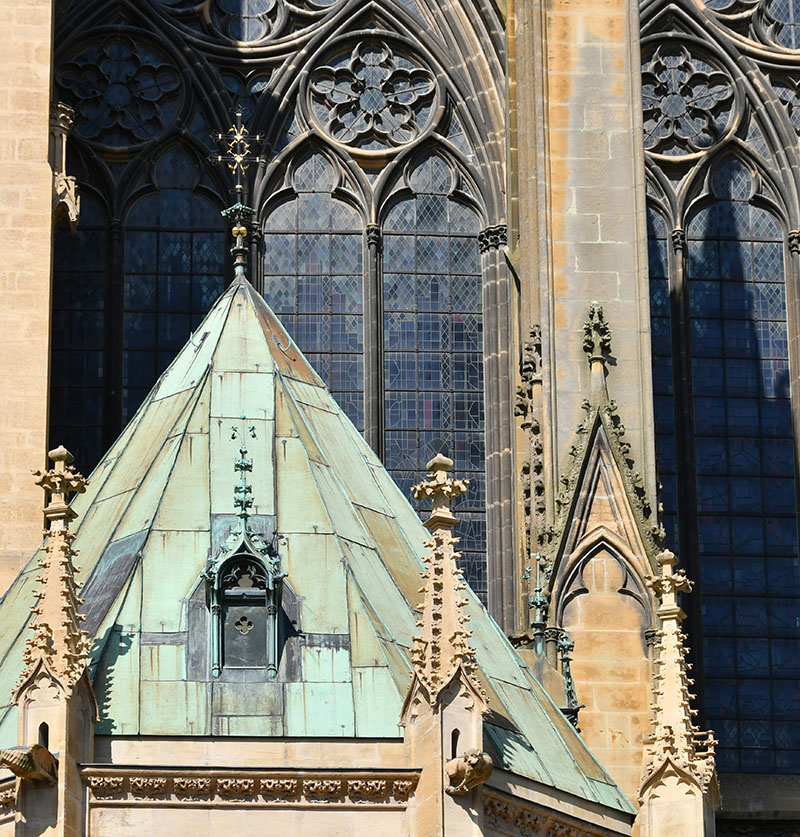
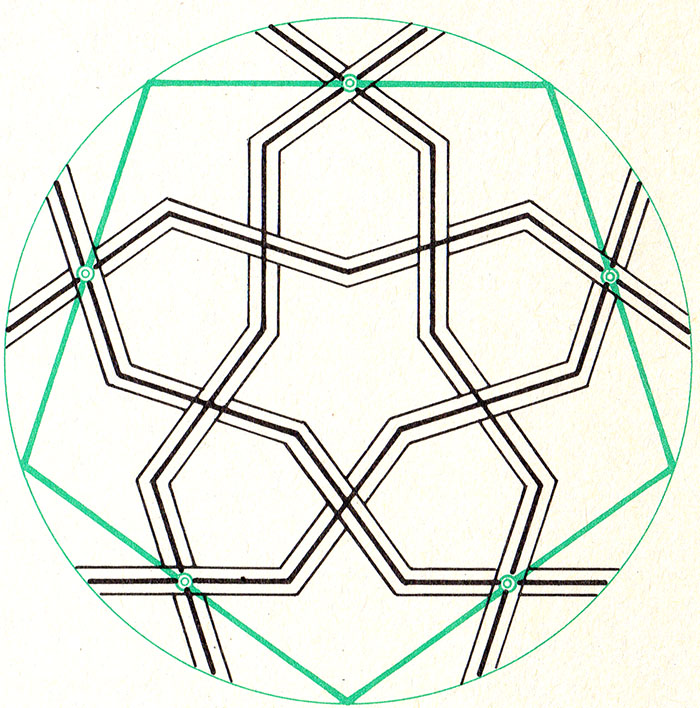
Finally, the pentagon in Islamic art and architecture serves as a building block for geometric creations based on circles. In some Islamic geometric art, particularly the “girih” style prominent in Iran, the pentagon can be a component for creating complex, interlaced patterns. These patterns showcase mathematical principles and divine beauty through repetition and symmetry.
You can see the pentagon shape in contemporary art and craft as well.
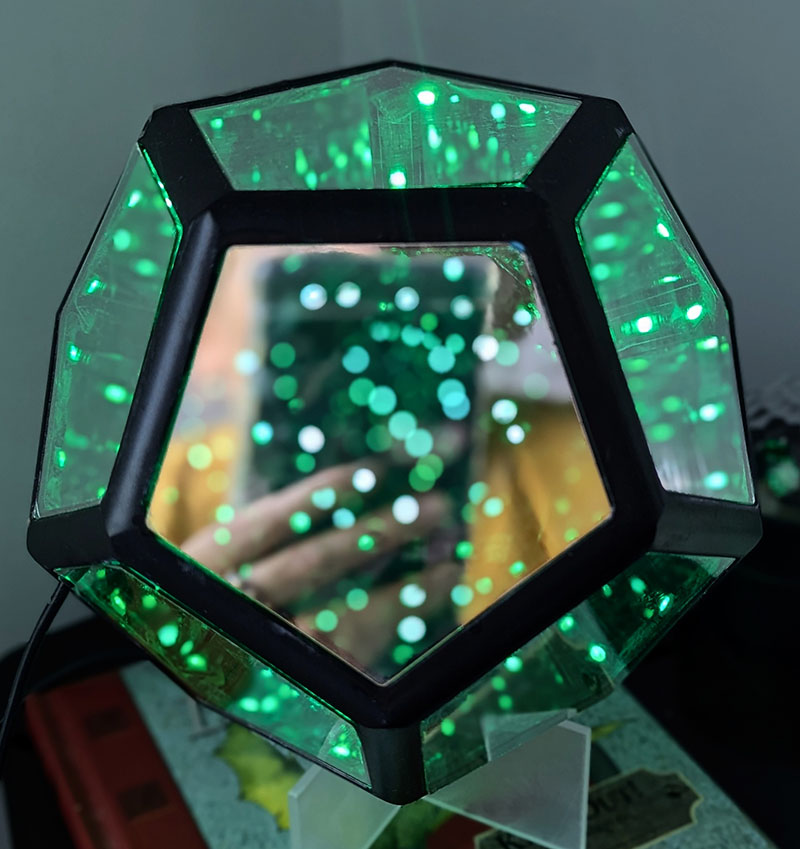
Mathematical Explanation Of The Universe’s Construction
Math helps us find and connect to beautiful patterns in nature. With its five sides and unique angles, a pentagon is a wonderful example. We can notice the pentagon shapes in flowers and plants, like in the ‘morning glory’ or sliced okra. Math is a unique language that helps us understand the hidden workings of cosmos where the pentagon appears in natural and man-made things. Math gives us exact measurements and calculations essential for building solid structures, designing rockets, and creating new technologies. Geometric constructions seem to be the epitome of a divine beauty expressed in mathematical language of numbers, circles and lines.
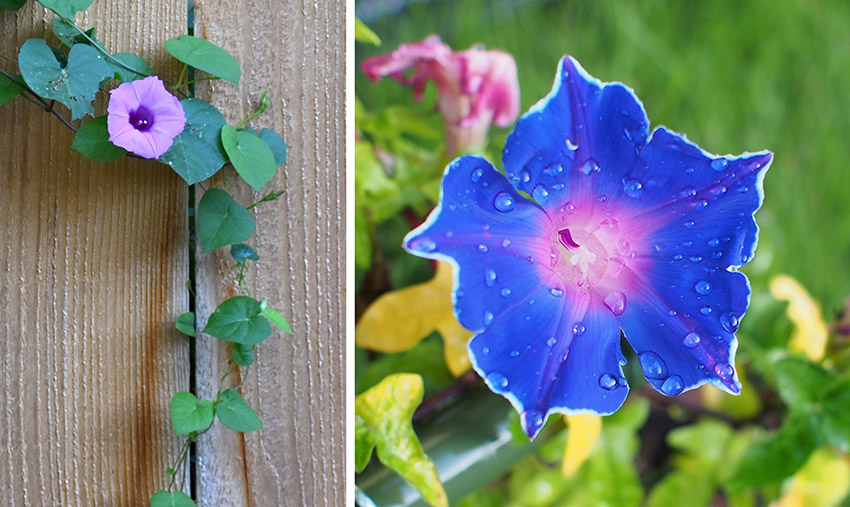
Where To Learn About Math Tutoring
Fortunately, people can get easy access to math classes online on websites like Brighterly without attending a physical classroom. Brighterly is an online platform with tutors who are experts at providing tailored math lessons to your kids. They offer individualized, fun and flexible learning experience for children.
If your child struggles with math and needs help in math tutoring, online math lessons provide children with great opportunities to study mathematical concepts on your terms.
The article is written by Veronica Winters with Jessica Kaminski.
